


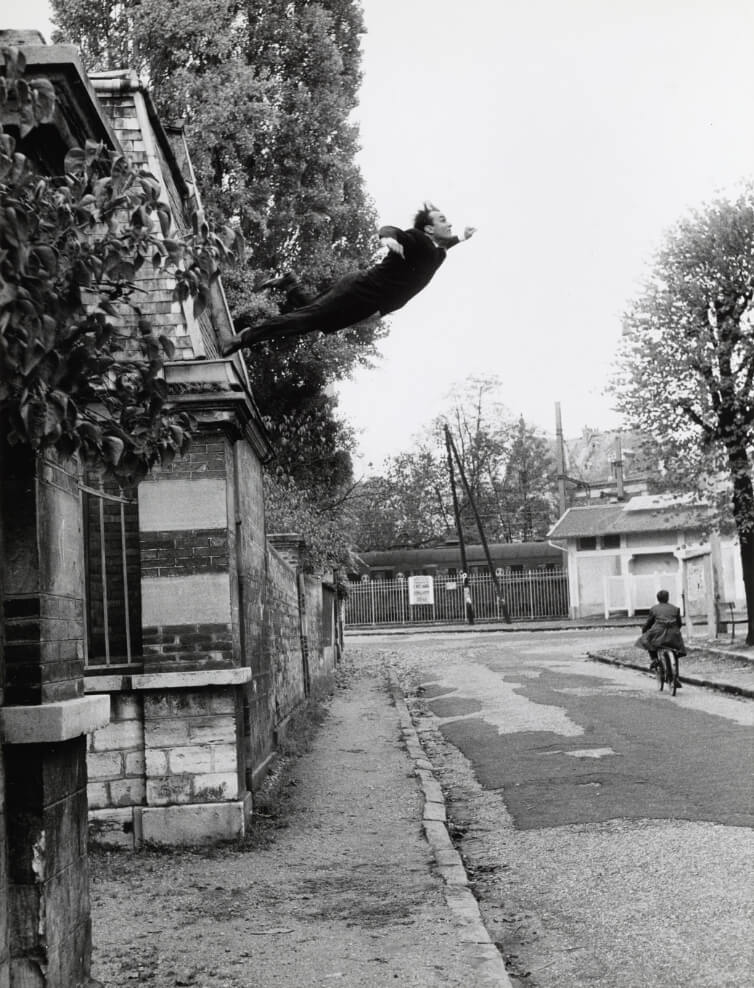
5, rue Gentil-Bernard, Paris, France
© The Estate of Yves Klein c/o ADAGP, Paris
Photo © : Harry Shunk and Janos Kender J.Paul Getty Trust.
The Getty Research Institute, Los Angeles. (2014.R.20)

私と一緒に空虚に入りましょう! イヴ・クライン 新聞「ディマンシュ(日曜)」1960年
荒廃した戦後の「タブラ・ラサ(白紙)」ともいえる状況から、フランス人作家、イヴ・クラインは新しい人間性を探求する作家として、彗星のごとく登場しました。その時代、イタリアでは空間主義運動、日本では具体などが展開されていました。本展は、イヴ・クラインを中心に、こうした同時代作家、さらに現代の作家を加えて、彼らの芸術に共通する「非物質性」というテーマを浮かび上がらせます。クラインは、アクションやパフォーマンスを通して、青に代表される色や火、水、空気などを用いることで芸術を物質としてみせるのではなく、「感性」を通してふれられるようにしました。精神の自由や宇宙的な想像力にみるものを誘うその表現は、同時代のみならず、ポストインターネット世代を含む現代の芸術家たちにも大きな影響を与えています。私たちは、現在、気候変動やウイルス、インターネット情報環境が生み出す混乱など、無数の「見えないもの」に影響を受け、実体が見えない不確かさ、不安の中にいます。イヴ・クラインほか本展の芸術家たちの革新的な試みは、いま、ここにないものを感じ、想像し、不確かな現在を乗り越えていく喜びと力を私たちに与えてくれることでしょう。
展示風景
2022年10月1日-2023年3月5日
金沢21世紀美術館 展示風景
撮影:池田ひらく
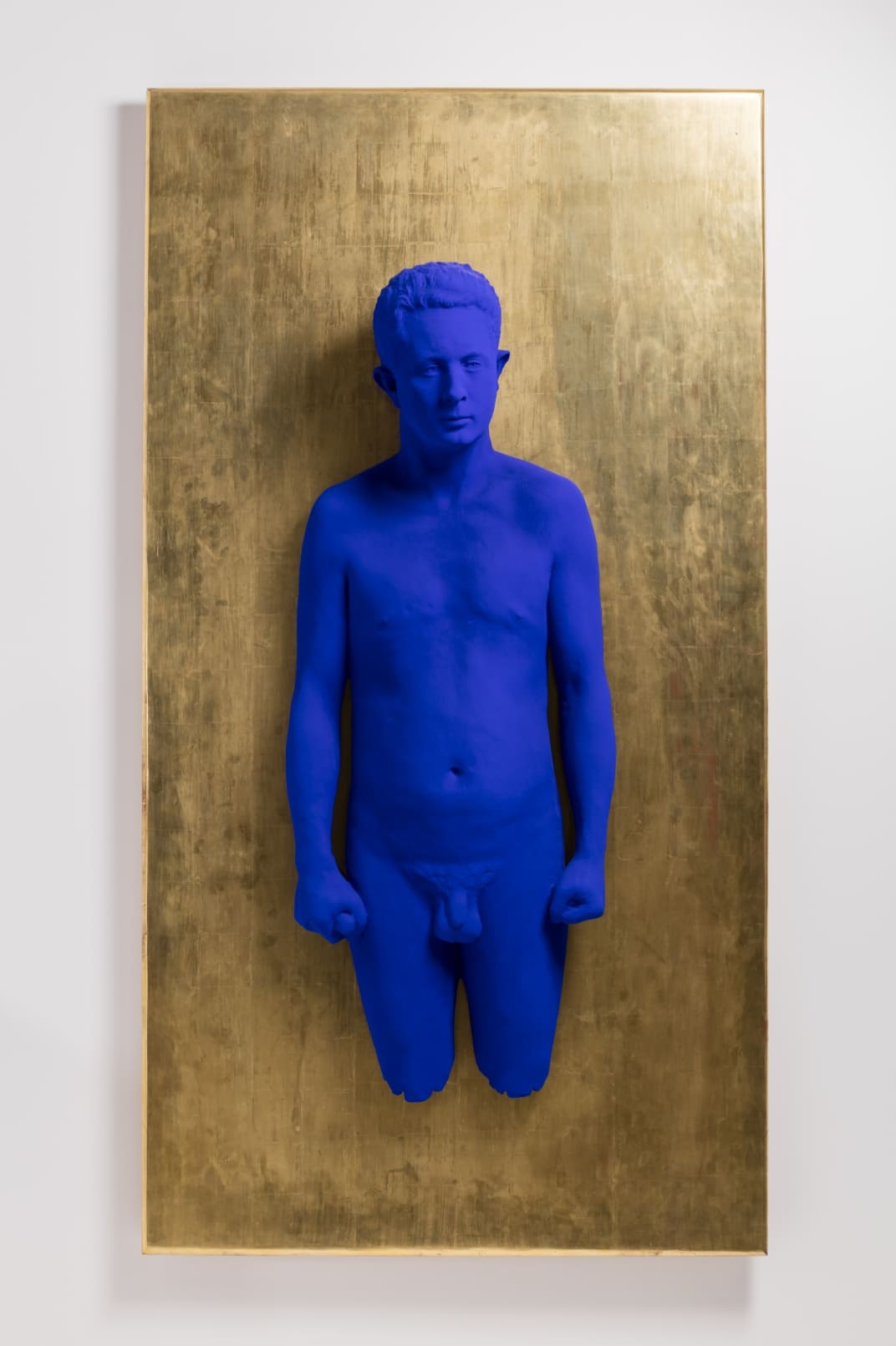
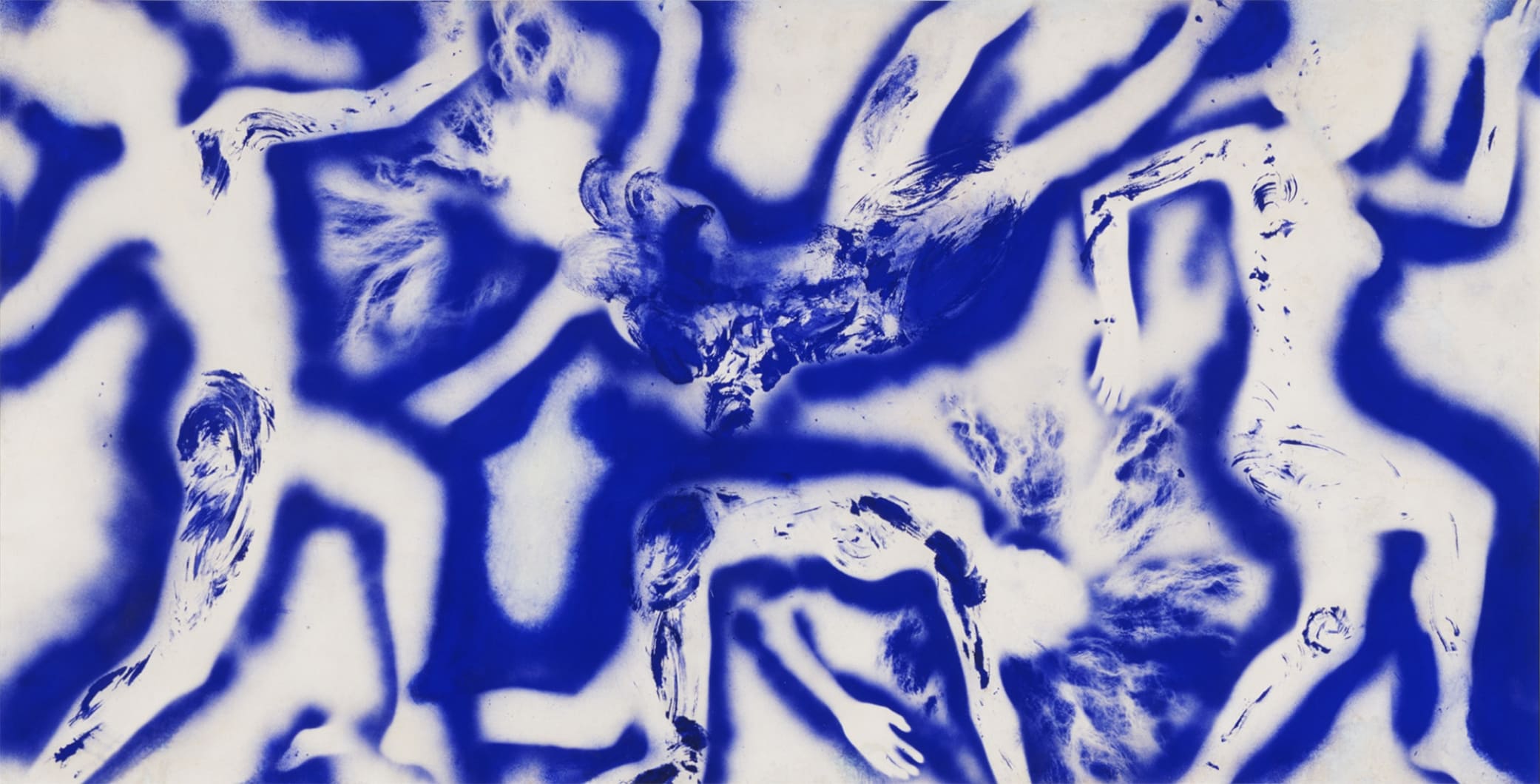
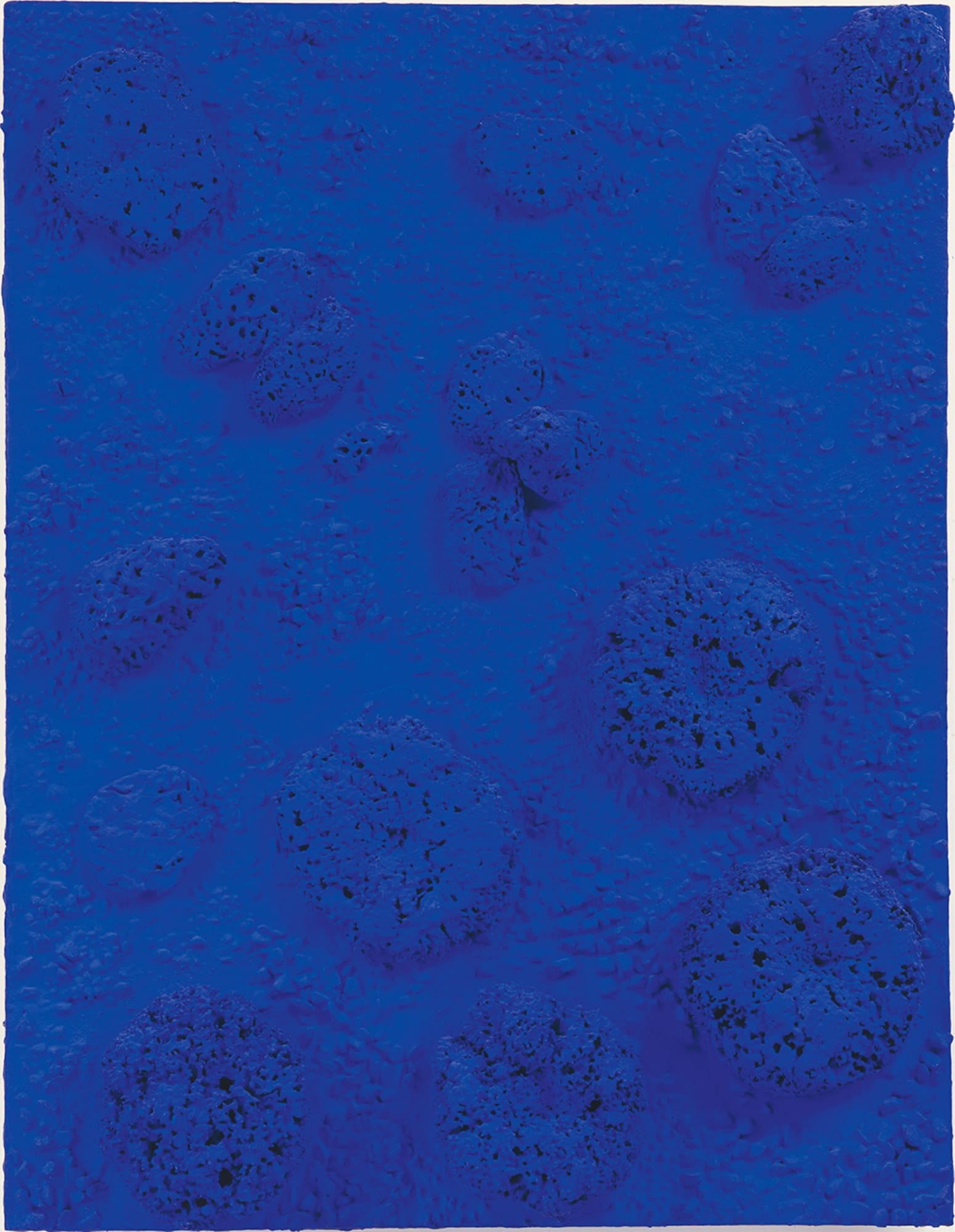
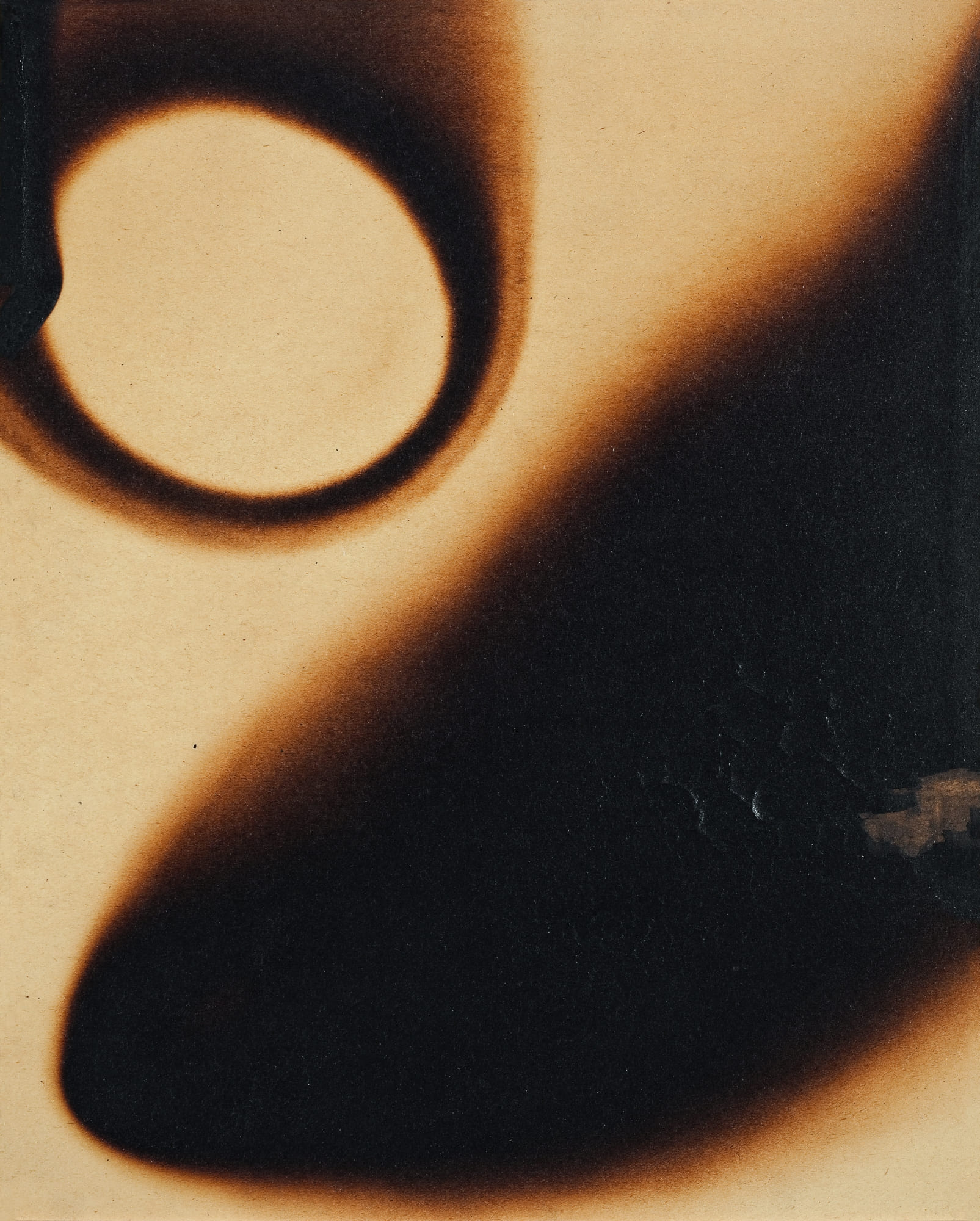
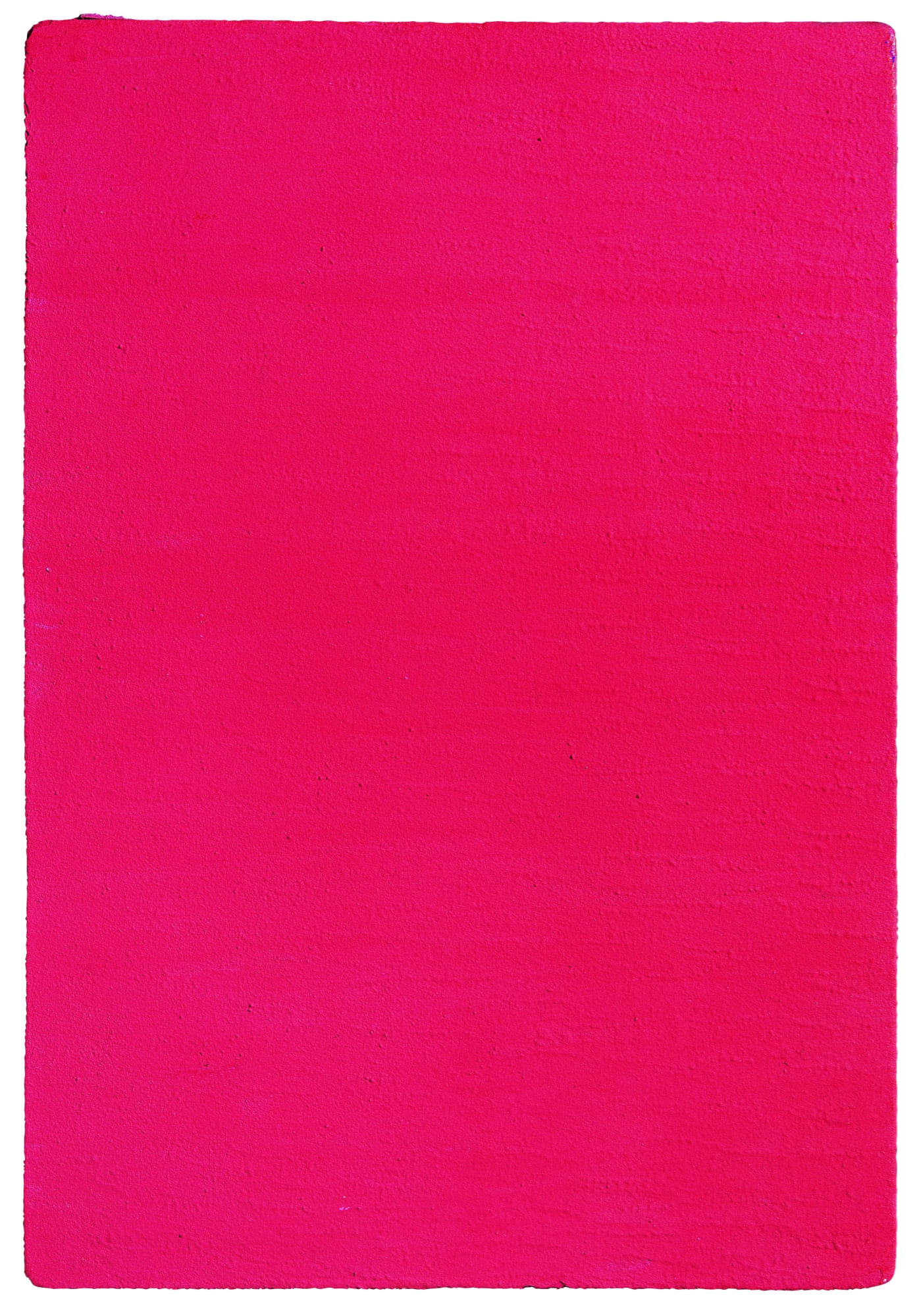
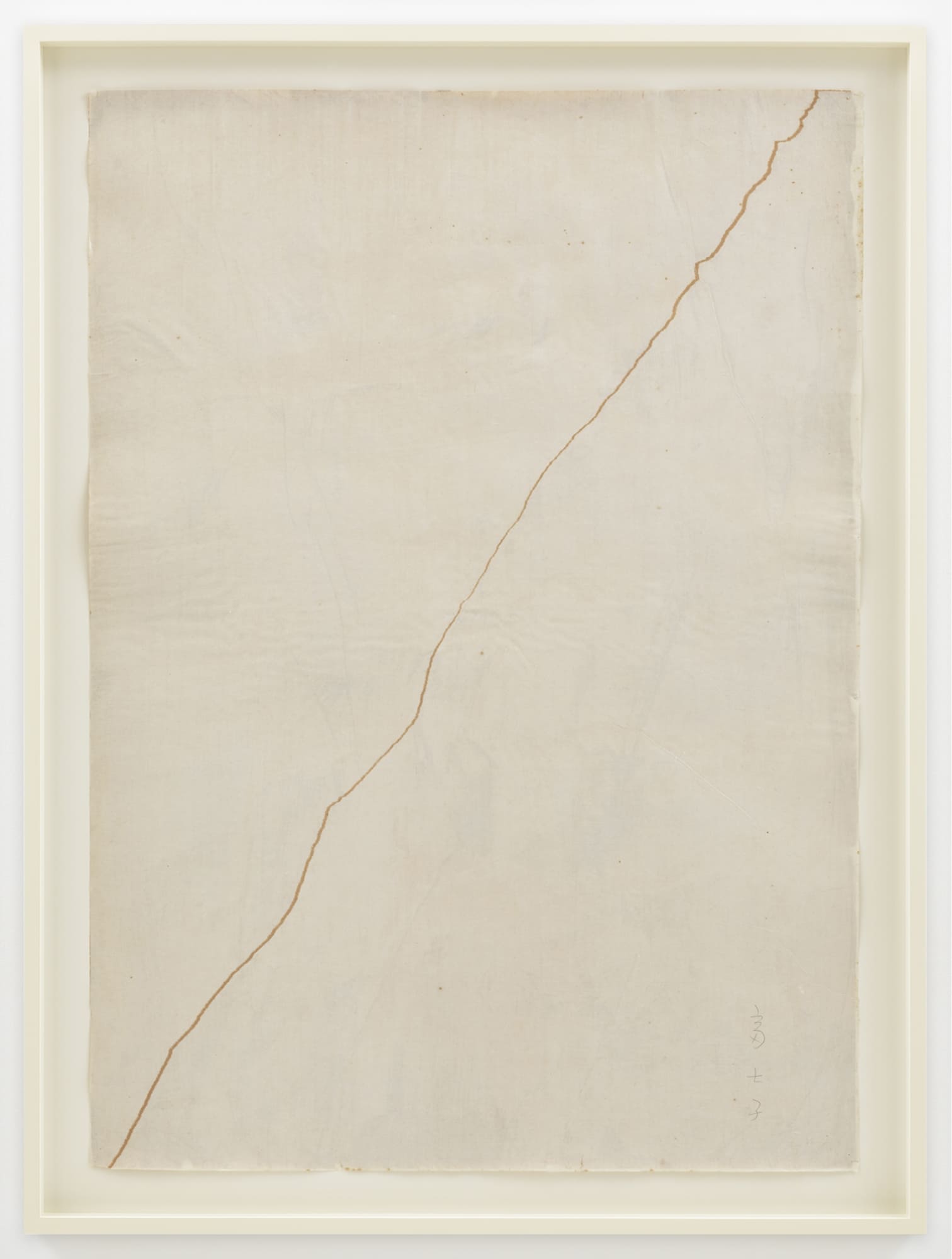
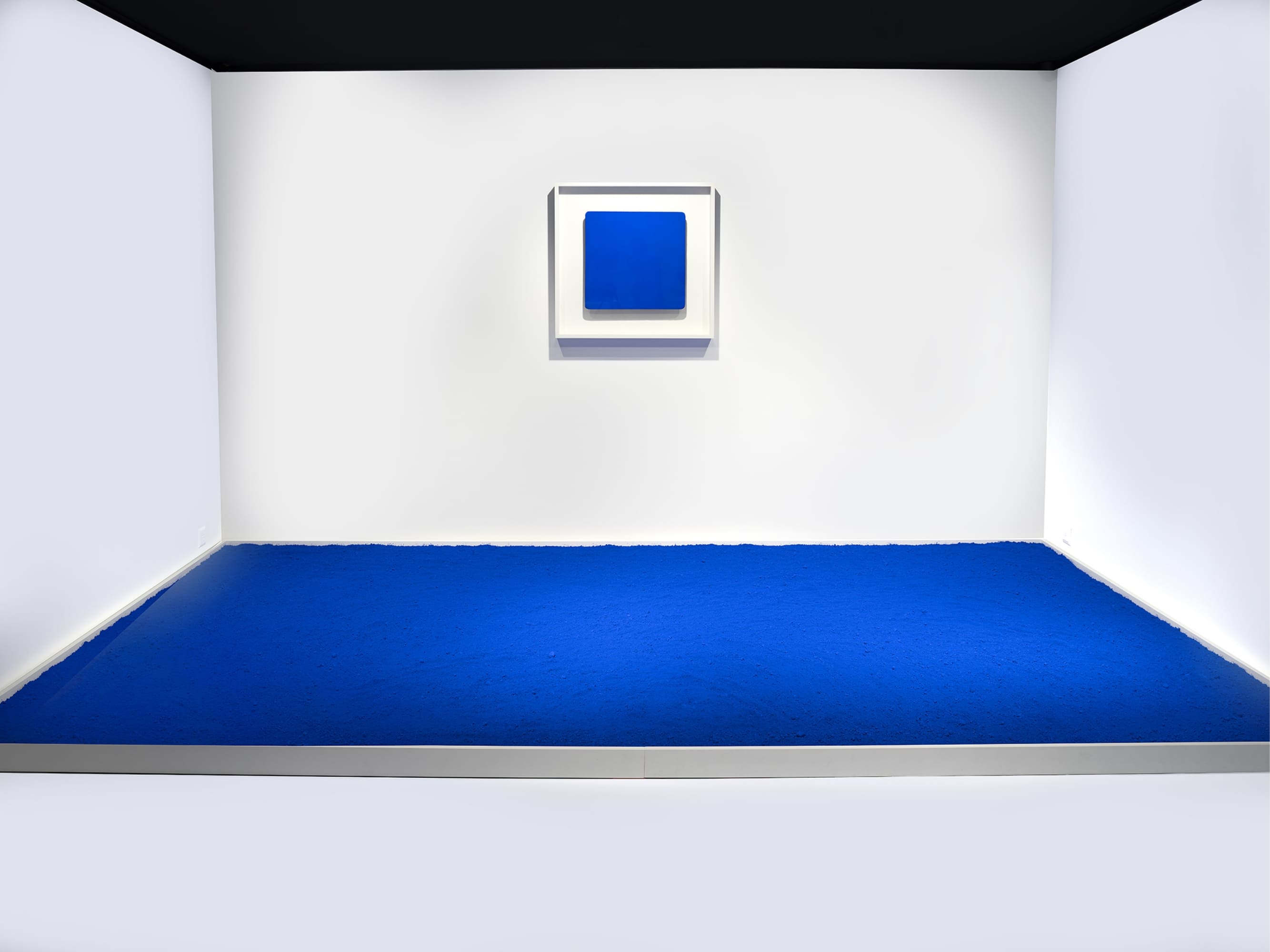
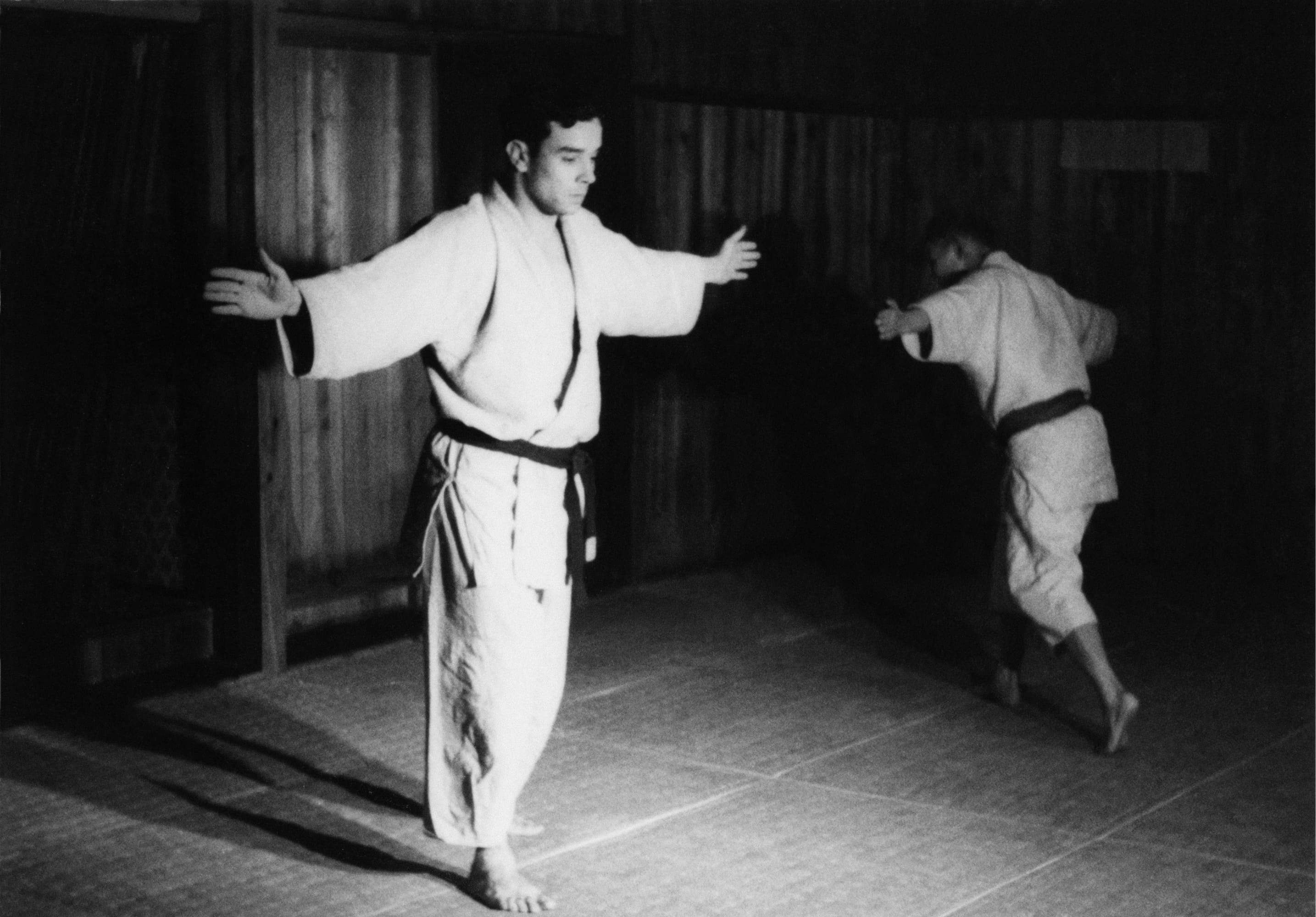
展示構成
-

イヴ・クライン《人体レリーフ (クロード・パスカル)―PR3》1962年
顔料(青)・合成樹脂、ブロンズ、金で彩色された板
178×94×33 cm
彫刻の森美術館(公益財団法人彫刻の森芸術文化財団)蔵展示室7非物質的な金
イヴ・クラインは、金の持つ色とその物質的な存在感に特別な精神性や象徴性を見ていた。彼は、目に見えない非物質的な領域と、変幻自在でありながら地球上で最も安定している金との不可分な関係性を、生涯探求し続けたと言える。彼は、モノクローム絵画において、非物質なるものを表す色として、青、薔薇色(ピンク)、そして金を主として用いている。錬金術の影響もあり、クラインは、この三色を金:「精神」―青:「空間」―薔薇色:「生命」と、宇宙を構成する三原色と捉えていた。物質としての金との出会いは、1949年にロンドンの額装屋「サヴァージュ」で働き、未加工の顔料や金箔の扱い方を学んだことに始まっており、その経験からのちにモノクローム絵画の制作を開始した。また、日本滞在時、金屏風からモノクローム絵画表現のインスピレーションを得たとも言われている。この展示室では、国内の金箔生産量の99%のシェアを持つ金沢で制作された金屏風とクラインの金のモノクローム絵画を対比させることで、クラインの想像力の源をたどる。彼は34歳という若さで夭折するまで、金(金箔)を絵画のみならず多くの作品やパフォーマンスで用いた。没年である1962年には、「非物質的な領域」と金を一定の重量で交換する儀式的なパフォーマンスや、宇宙に存在する生の表現として、ヌーヴォー・レアリスムの作家たちを型取りしたレリーフを制作している。
詳しく見る閉じる -

イヴ・クライン人体測定(ANT66)1960年
水性メディウム/紙・カンヴァス
157×311 cm
いわき市立美術館蔵展示室8身体とアクション
戦後のタブラ・ラサ(白紙)の時代、多くの芸術家が唯一確かなものである自分の身体とアクションを通して新しい表現を模索した。柔道によって身体と精神の統合を探求したクラインもその一人である。代表作「人体測定」シリーズでは、「インターナショナル・クライン・ブルー」(IKB)を女性モデルに塗り、身体の運動を紙に直接押し付け、見えない宇宙の現象の痕跡を定着させようとした。日本滞在時に魚拓や広島に投下された原爆の放射熱による人間の残像(「死の人影」)の存在を知ったことで、人間の身体が残す痕跡への関心を深めたとされている。また美術界の知人を通して、事物の具体性やアクションを作品につなげ、同時代に関西で活動していた具体美術協会の活動に関心を持ち、機関誌「具体」も所有していた。白髪一雄らのアクション・ペインティングや具体の野外パフォーマンスはアクションを通じて身体と物質、空間の関係を形成する点においてクラインと多くの共通性がある。そして、パリ郊外の家の2階の窓からあたかも飛んでいるような瞬間をとらえた《空虚への飛翔》(1960年)は、宇宙と同化し浮遊することができるというクラインの夢の具現化である。彼は自分が空を飛んでいると多くの人に錯覚させるために、同作を掲載した偽りの新聞をパリの新聞販売店に配り、大きな話題を呼ぶことになる。空虚へと羽ばたこうとした《空虚への飛翔》は、物理的な身体の行為をもって、精神の絶対的自由という非物質的な空間と一体になるための挑戦であった。
詳しく見る閉じる -

イヴ・クライン《海綿レリーフ(青)RE−42》制作年不詳
海綿、小石、顔料、合成樹脂/板
93.5×73.5 cm
滋賀県立美術館蔵展示室9音楽とパフォーマンス
クラインが影響を受けていた薔薇十字団の思想において、音楽は霊魂であり生命の表現である。クラインはモノクローム絵画への関心と同時に、単音交響曲のアイデアを構想している。「ただ一つの音」を引き伸ばした前半と、まったくの沈黙による後半によって構成されたこの交響曲は、クラインにとってのモノクローム絵画と空虚の表裏一体の関係を、単和音と沈黙によって音楽形式を通して示していると言えるだろう。クラインは、ドイツのゲルゼンキルヒェンに新しく建設されるオペラハウスの壁画制作を依頼されている。その大壁画に用いたスポンジのレリーフも、音と空間の関係に対する一つの表現と言える。
また、1960年3月9日に行った人体測定プリントの公開制作では、オーケストラによる交響曲《単音─沈黙》の演奏を指揮した。正装した100人余りの鑑賞者が見守るなか、クラインはタキシードに白のネクタイという格好だった。オーケストラとモデルのパフォーマンスの双方を指揮しつつ、自らは指先ひとつ汚さず作品を制作することで、身体(生)と空虚の関係を演出したのである。これらをはじめ、1001個の青の風船を空へ放つ《気体彫刻》など多くのパフォーマンスはいずれも儀式性を持ち、人間の生と虚の関係に働きかけ、より高次の存在へと作品を昇華しようとする意図が通底している。同様に、空に風船を浮かばせることで、空を展覧会場とした具体の「国際スカイフェスティバル」(1960年)とは、「浮遊性」や「空という展示空間」という考え方において共通するだろう。詳しく見る閉じる -

イヴ・クライン《無題(火の絵)》 1962年
焼いた段ボール/パネル
41×33 cm
個人蔵 © The Estate of Yves Klein c/o ADAGP, Paris展示室10火
クラインは素材や制作手段として「火」を用いる作品も多く制作している。ガスバーナーで燃やした絵画面をすぐに水で消火する「火の絵画」はその代表例である。同時代の多くのアーティストも火への関心を持っていたが、クラインは絵画表現で火を用いた芸術家の最初の一人として考えられ、プラスチックをバーナーで燃やすアルベルト・ブッリや、クラインとも親しかったルーチョ・フォンタナらが大きな影響を与えることになるイタリアのアルテ・ポーヴェラ(貧しい芸術)の運動に先駆けるものでもあった。また、建築家ヴェルナー・ルーナウとの「空気の建築」の構想においても火を重視していたクラインは、火が都市や社会の象徴であると考えた。この「空気の建築」の計画のなかで唯一実現したのが、1961年に自身の回顧展に合わせハウスランゲ美術館の中庭に制作した「火の壁」である。錬金術や薔薇十字団においても火は重要な要素であり、また生命の源であるとされているが、非物質的な現象の痕跡を残そうとするクラインの一貫した姿勢が火の表現の中にも見て取れる。
詳しく見る閉じる -

イヴ・クライン《無題(薔薇色のモノクローム)》1957年
純顔料、合成樹脂、ガーゼ/イソレルマウント
個人蔵 © The Estate of Yves Klein c/o ADAGP, Paris展示室11色と空間
クラインは色彩を概念的に解釈するのではなく、感性的な空間としてとらえている。モノクローム絵画の表面の顔料が空間に染み込み、絵画の表面を超えることで、それぞれの色彩が、「存在」、「生き物」、「活発な力」となることを企てた。また、絵画において重要なのは線ではなく色彩であると考え、その可能性を生涯にわたり模索したクラインによれば、線と違い色彩は、人間や内的な生命にとって必要不可欠であり、空間の中にすぐに溶け込むために自由なものであるという。
同時に、空間と色彩の関係は、モノクロームの絵画面を切り裂くルーチョ・フォンタナが「空間概念」を通してクラインに先んじて探求している。あるいは具体に参加していた元永定正は、色水をビニールチューブに入れ吊るした作品《作品(水)》を1956年の「野外具体美術展」で展示した。クラインは、宇宙的な感性のなかで色彩こそ最も潤いのあるものだと考えたが、この展示室では、元永やフォンタナら同時代の作家の鮮やかな色彩が融合しながらクラインの作品と共鳴し、一つの生命となる。詳しく見る閉じる -

白髪富士子《無題》1955年頃
和紙など
107.5×77 cm
個人蔵展示室14白と空虚
クラインは1958年、通称「空虚」展(正式名称:「第一物質の状態における感性を絵画的感性へと安定させる特殊化」展)を開催する。画廊の外側の壁を全て青く塗るいっぽうで、部屋中の家具を取り除き、48時間かけて室内を真っ白に塗り上げた。観客はこの空っぽの展覧会に驚愕したが、クラインにとってこの部屋は空っぽなのではなく、部屋の外の青が非物質化され充満している空間なのである。この展覧会を訪れた小説家のアルベール・カミュは、芳名録に「空虚に満たされた力」と記している。色彩としての白は、充溢した無、空虚を表し、論理化しえない偶然性や想像力、無意識をはらんでいる。特にギュンター・ユッカー、ピエロ・マンゾーニやエンリコ・カステラーニら、ヨーロッパのグループ「ゼロ」や「新傾向」と呼ばれた同時代のアーティストたちは、次々とクラインに触発されるかのように様々な素材を用いて、白を基調としたモノクローム絵画を生み出した。また、無限の網の目の幻覚を描いた草間彌生、構図を排除した「0会」(具体の前身の一つ)の一員であり、紙のしわや破れによって白の生み出す繊細な空間を表現した白髪富士子らによって、多様な空虚が展開された。
詳しく見る閉じる -

[参考画像]
Yves Klein, Pigment pur bleu, 1957 original / 2021 reproduction at Opera Gallery Geneva
Pure blue pigment, dimension variable
© The Estate of Yves Klein c/o ADAGP, Paris展示室5(光庭)青の顔料
若きクラインは、ロンドンの額装屋「サヴァージュ」で働いている際、金箔とともに、純粋な未加工の顔料の美しさに魅せられた。顔料と油を混ぜる油絵具よりも、顔料の粉末それ自体に、色彩の自立した生命を見いだし、生のままの顔料を変質させずに支持体に定着させるモノクローム絵画の技法を生み出した。鑑賞者が受け入れやすいように、モノクロームを絵画(タブロー)として壁にかける作品を発表していたが、クライン本人は、粉末状の顔料を最も自由な状態に保つには、単純に絵を地面の上に平らに置けばいいと考えていた。そうすることによって、目に見えない引力により、顔料は純粋な状態で地に定着する。また、《青い雨》はこの顔料を絵画ではなく12本の棒に塗ることで、降り続ける雨の時間と空間の持続が表現 されている。他の色が次元を持っているのに比べて、抽象的な色である青は次元を持たず、「超次元的」であると考えたクラインは、顔料そのものに宿る無限の可能性、色彩の神秘を追い求めたのである。
詳しく見る閉じる -

柔道家小田常胤とイヴ・クラインが五の形を演じているようす(東京・小田道場)1953
Tokyo, Japon, Paris, France
Photo © : All rights reserved展示室7&8前イヴ・クラインと日本
ニースの警察附属柔道教室で柔道を学び始めたクラインは、「柔よく剛を制す」という柔道の技術にとりわけ強い関心を持っていた。そして、1952年9月から1954年1月まで、日本に留学する。当時、ヨーロッパで柔道の四段位保持者は極めて珍しかったが、クラインは日本に留学後およそ15か月程度という異例の早さで講道館から四段位認定を受けた。柔道の投げ技や受け身の訓練から、のちの《空虚への飛翔》につながる空中浮遊の身体感覚を学び、礼儀作法からはパフォーマンスにおける儀式的要素の重要性を見いだしたと考えられる。柔道以外にも日本滞在中に、「人体測定」シリーズのヒントとなる魚拓や力士の手形を目にしたり、日本の漆器を「モノクローム」としてとらえるなど、日本滞在で経験した様々な「型」は、クラインのその後の想像力に影響を与えている。美術評論家の植村鷹千代や東野芳明など多くの美術関係者と交流があり、ブリヂストン美術館で画家の両親の展覧会を開催した。美術評論家の瀬木慎一とも深い親交があり、彼はクラインのモノクロームを「たえざる変化をみせ」、「矛盾する感覚が同時によびさまされる」、と評している。1962年、日本での個展のため家族との来日を予定していたが、心臓発作で急逝し、再び日本の地を踏むことは叶わなかった。
詳しく見る閉じる
作家リスト
-
イヴ・クライン
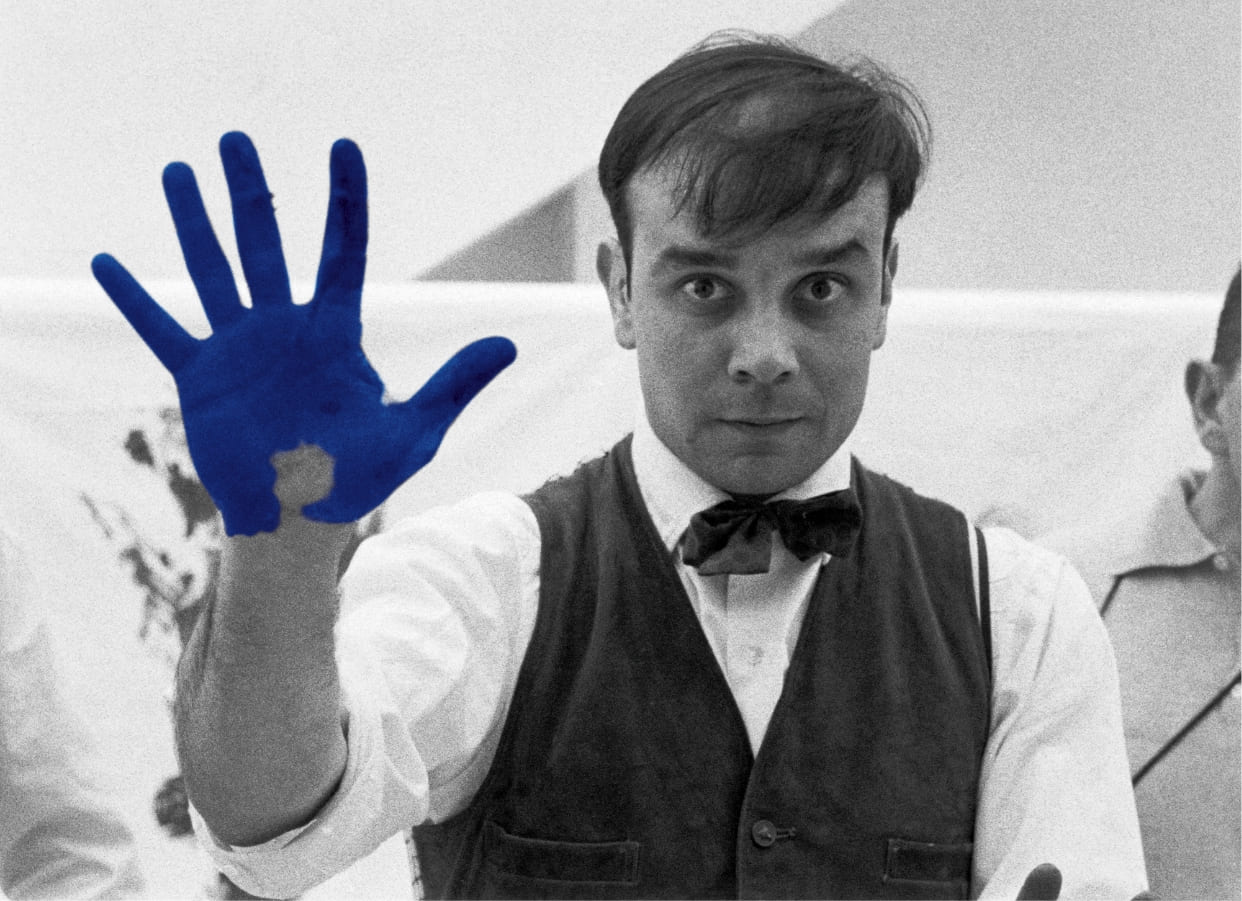
Portrait of Yves Klein made on the occasion of the shooting of Peter Morley "The Heartbeat of France" February 1961
Charles Wilp's studio, Düsseldorf, Allemagne
© The Estate of Yves Klein c/o ADAGP, Paris
Photo © : Charles Wilp / BPK, Berlinイヴ・クライン (1928-1962)
わずか34年あまりの人生のうちに、数々の傑作を生み出し、世界的にも高く評価されているフランスのアーティスト。「ヌーヴォーレアリスム」グループの一員。芸術の「脱物質化」を求め、新しい技法や芸術に対する大胆な試みを行った。とりわけ、自ら開発した青の顔料「インターナショナル・クライン・ブルー(IKB)」で知られる。
クラインは、19歳のとき、空の中に非物質的な世界を見出したことから絵を描き始め、最初のモノクローム(単色)の理論を打ち立てた。やがて柔道を習うようになったクラインは、1952-53年に日本に滞在し、東京の講道館にて黒帯を取得、後にパリで柔道を教える。この日本滞在時に広島の原爆について深く知るようになり、その影響を受けて後年、ヌード・モデルが彼の指示で青の絵の具を塗り、キャンバスに体を押し付ける「人体測定」のシリーズを制作した。
1958年にはギャラリーに何も展示されていない「空虚」展で物議を醸した。その後も、「非物質的な感性の領域」の実験を始め、火や金箔、海綿といった自然のエレメントを取り入れた作品や、ピンク、青、金といったモノクローム作品など、多くの作品を生み出した。心臓発作のためパリで死去、享年34歳。
-
ハルーン・ミルザ
Featured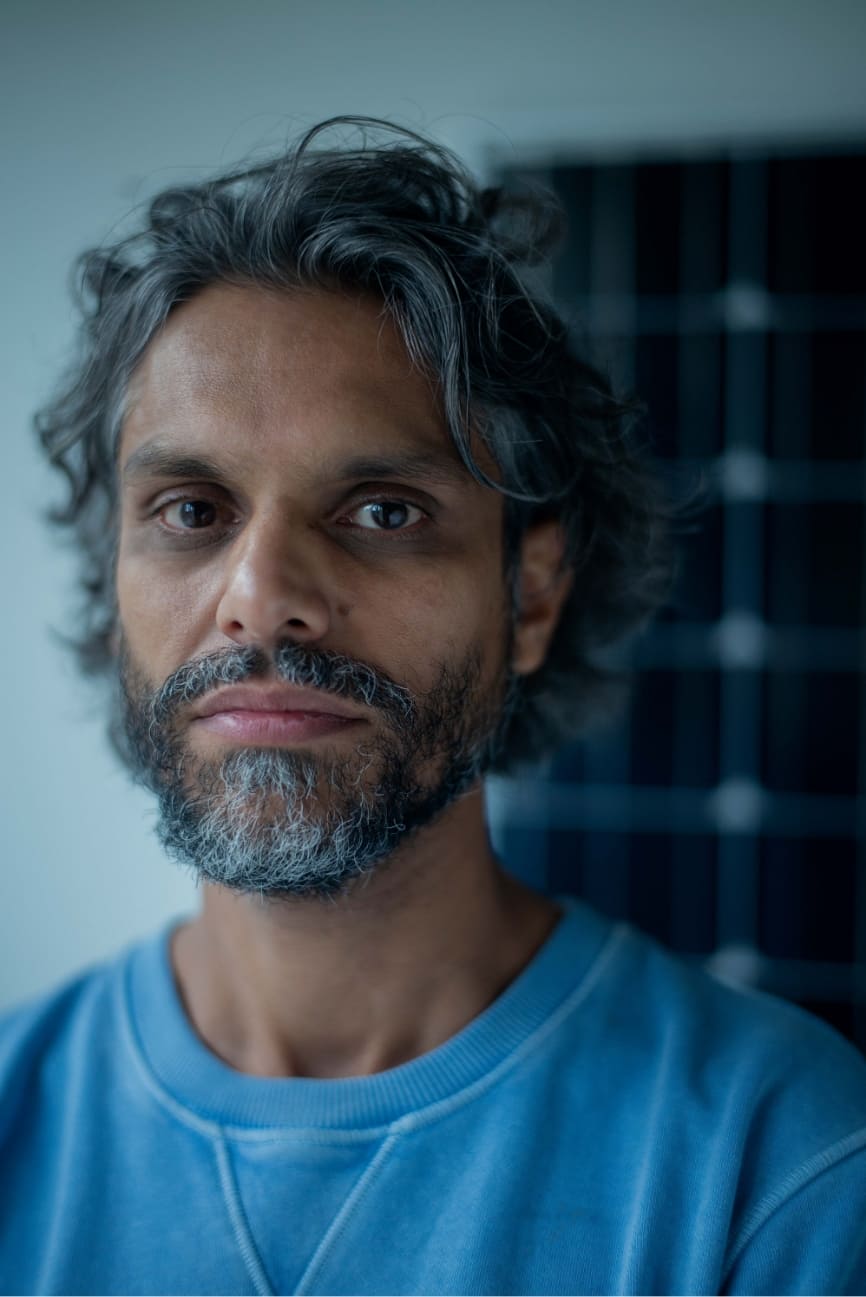
Photo: David Bebber 2021
1977年、イギリス・ロンドン生まれ。同地在住。音や光、電流を用いたインスタレーションで国際的に高い評価を受けているアーティスト。その手法は彫刻、パフォーマンス、没入型インスタレーションなど多岐にわたる。ミルザは、作品を通して、ノイズ、サウンド、音楽の知覚的な区別を再考するよう促す。近年のプロジェクトにリバプール・ビエンナーレ(2021年)、「Haroon Mirza」(2020年、福岡・現代美術センターCCA北九州)がある。

-
キム・スージャ
Featured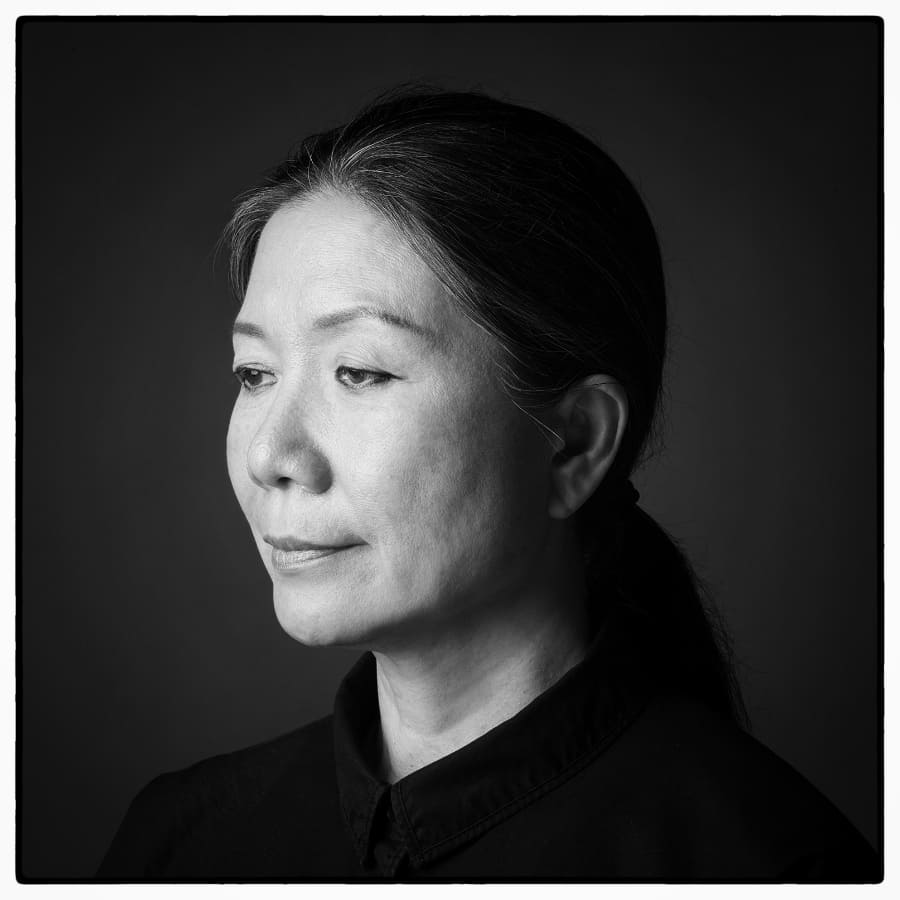
Photo: Giannis Vastardis
1957年、韓国・大邱生まれ。現在、ソウル、ニューヨーク、パリ在住。国際的に高く評価されているコンセプチュアル・マルチメディア・アーティスト。サイトスペシフィックなインスタレーションを組み合わせて作られるキムスージャの作品は、美学、文化、政治、環境の問題に取り組みながら、人間の条件をも追究する。近年のプロジェクトに、フランスのメッスにあるメッス大聖堂のステンドグラス制作(2022年)、ニューサウスウェールズのアートギャラリー(AGNSW)の常設作品がある。また、カッセル・ドクメンタ14、ヴェネチア・ビエンナーレ、サンパウロ・ビエンナーレなど、国際的なビエンナーレやトリエンナーレにも数多く参加している。

-
布施琳太郎
Featured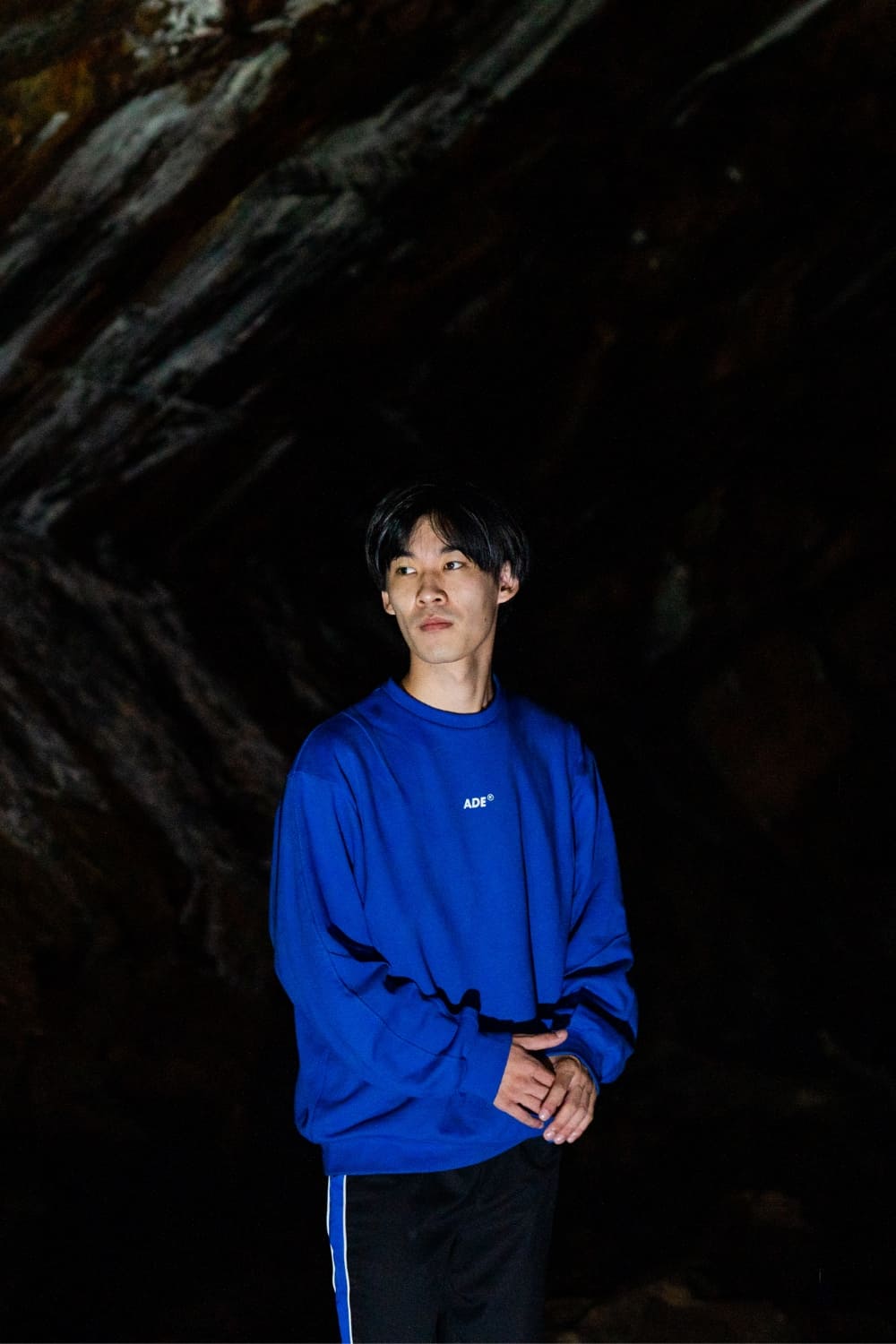
Photo: 竹久直樹
1994 年、東京生まれ。iPhone 発売以降の都市で可能な「新しい孤独」を絵画や映像作品の制作、評論や詩の執筆、展覧会の企画などを通じて実践している。
主な個展に「新しい死体」(2022年、PARCO MUSEUM TOKYO)、「すべて最初のラブソング」(2021年、東京・The 5th Floor)。展覧会の企画に「惑星ザムザ」(2022年、東京・小高製本工業跡地)、「隔離式濃厚接触室」(2020年、ウェブページ上で展開)。また、「美術手帖」や「文學界」、「現代詩手帖」、「ユリイカ」などに寄稿多数。
-
トマス・サラセーノ
Featured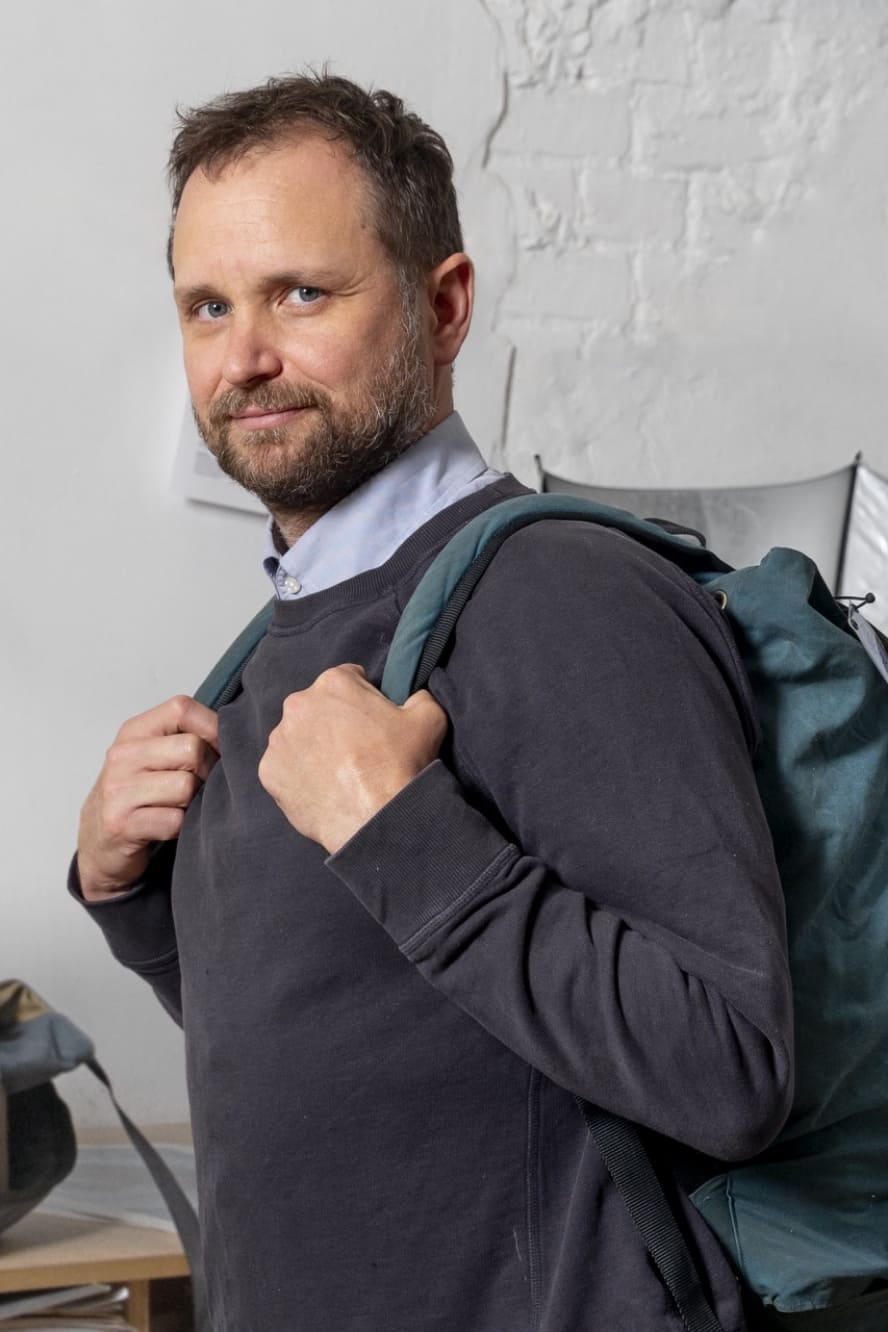
Photo: Dario Lagana, Courtesy of Studio Tomás Saraceno.
1973年、アルゼンチン生まれ。ベルリンを拠点に活動。生命の形態と生命形成との対話を軸に、「キャピタロセン(資本新世)」の家父長制時代における支配的な知識の糸を再考する作品を制作している。近年のプロジェクトに「TOMÁS SARACENO: PARTICULAR MATTER(S)」(2022年、ニューヨーク・THE SHED)、「ON AIR」(2018年、パリ・パレ・ド・トーキョー)があり、ヴェネチア・ビエンナーレなど国際的なビエンナーレやトリエンナーレにも数多く参加している。また、TEDでの講演や国連気候変動枠組条約締約国会議(COP)への芸術的介入を行うなど、多様な活動を展開している。

- 今井祝雄 / エンリコ・カステラーニ / 金山明 / 草間彌生 / 白髪一雄 / 白髪富士子 / ルーチョ・フォンタナ / アルベルト・ブッリ / ピエロ・マンゾーニ / 元永定正 / ギュンター・ユッカー / ローター・ヴァレー ほか
関連イベント
コメント
関連グッズ
-
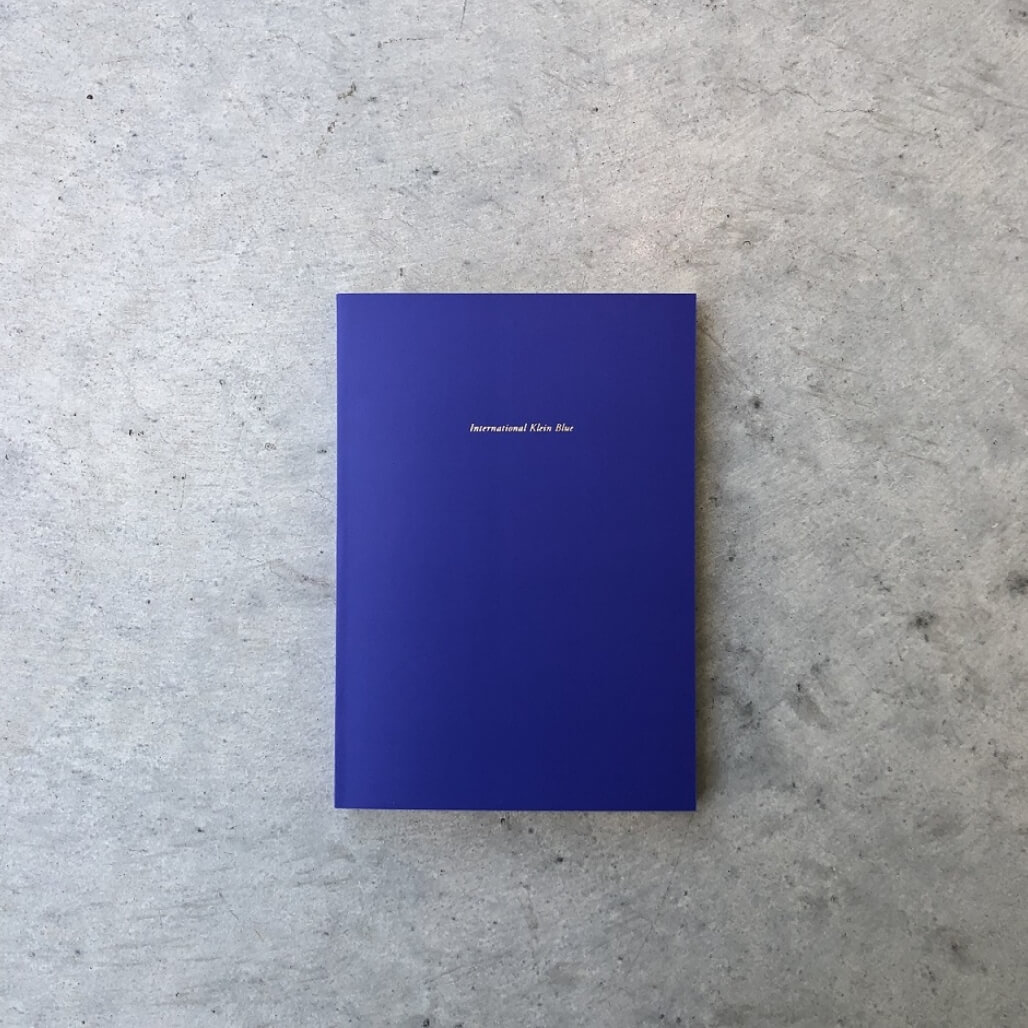
オリジナルノート《IKB》※完売
1,320円(税込) -
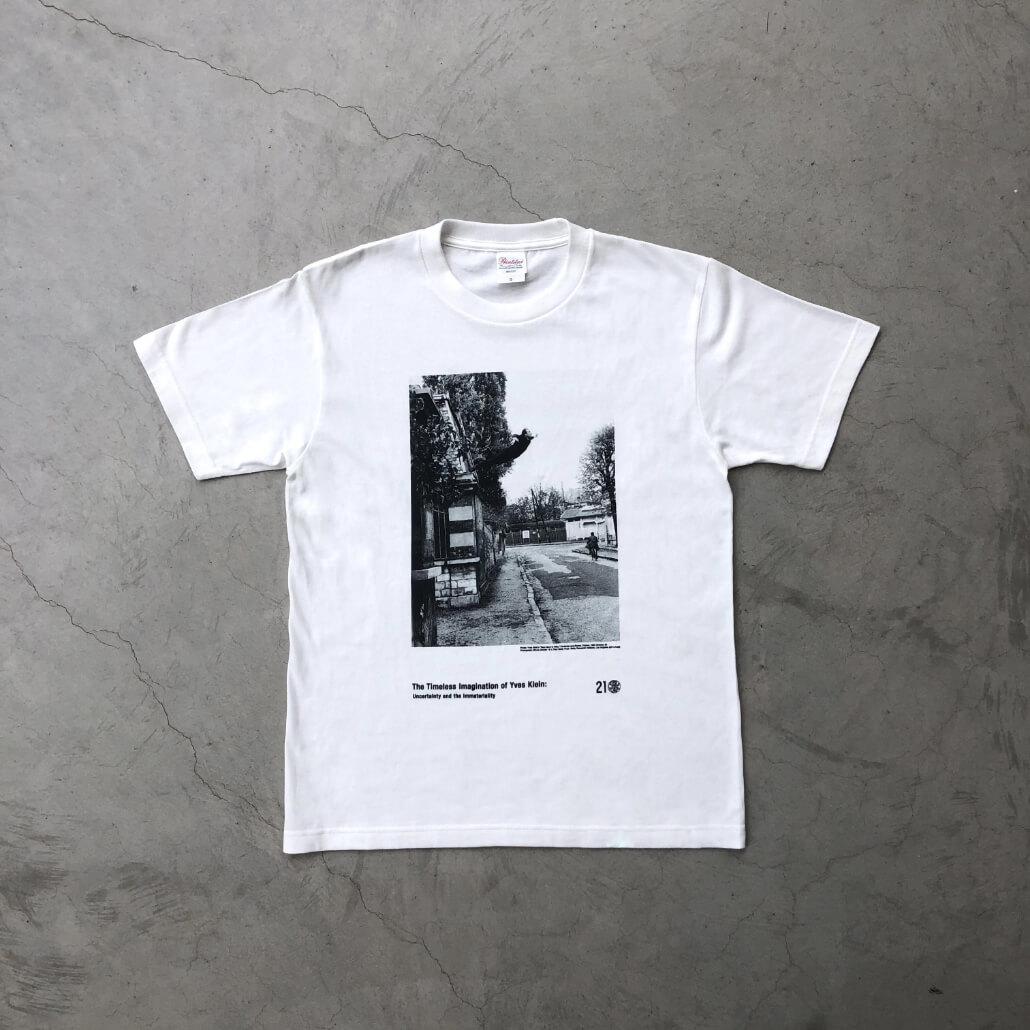
Tシャツ《空虚への飛翔》(白 / 半袖)
価格:3,850円(税込)【SIZE】S / M / L / XL
金沢21世紀美術館ミュージアムショップ
-
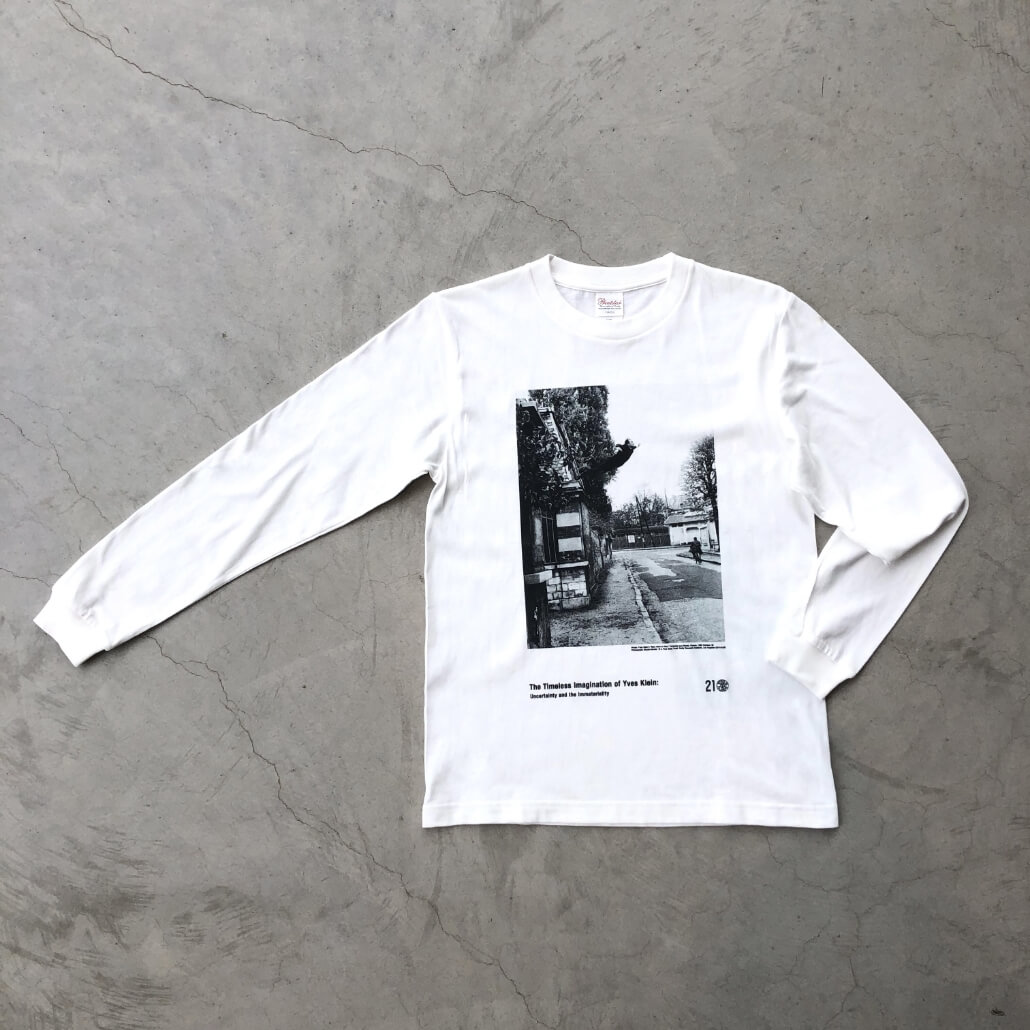
Tシャツ《空虚への飛翔》(白 / 長袖)
価格:4,400円(税込)【SIZE】S / M / L / XL
金沢21世紀美術館ミュージアムショップ -
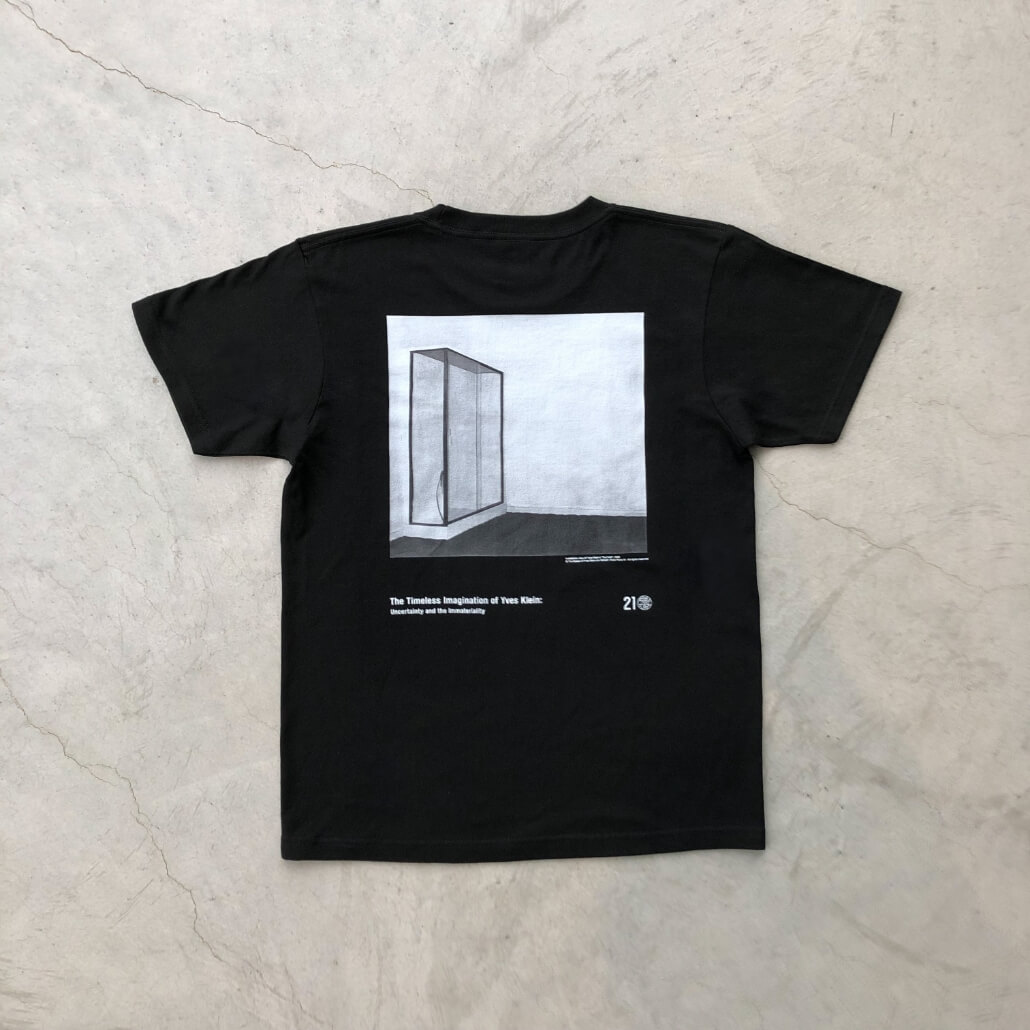
Tシャツ《空虚展》(黒 / 半袖)
価格:3,850円(税込)【SIZE】S / M / L / XL
金沢21世紀美術館ミュージアムショップ -
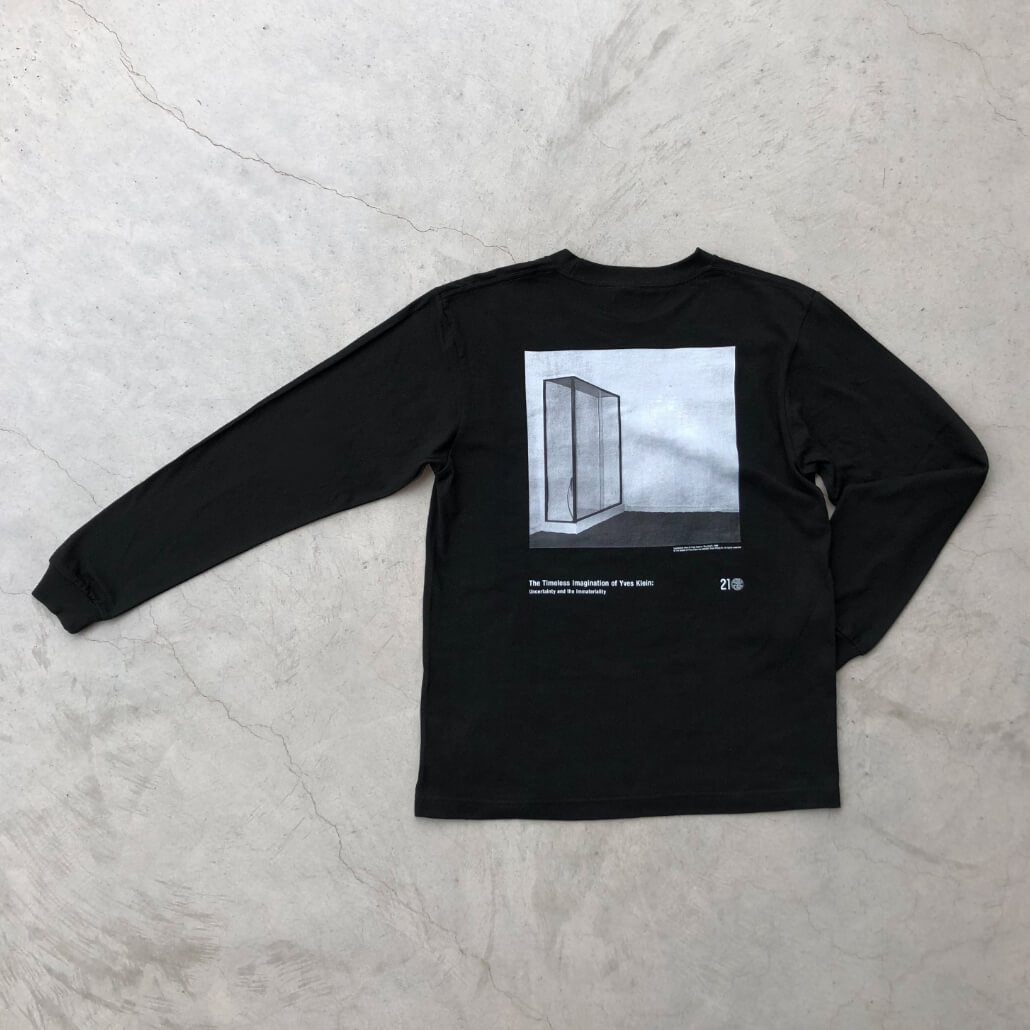
Tシャツ《空虚展》(黒 / 長袖)
価格:4,400円(税込)【SIZE】S / M / L / XL
金沢21世紀美術館ミュージアムショップ
-
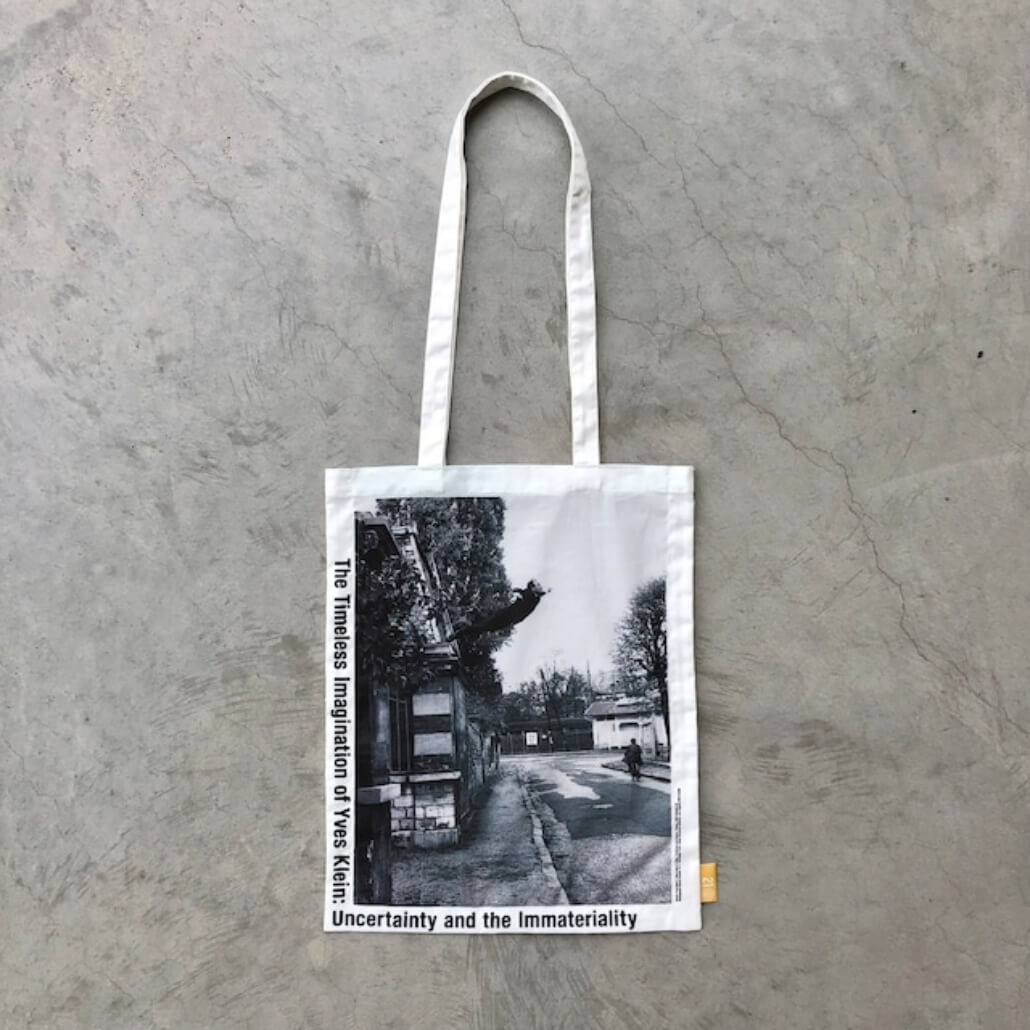
トートバッグ《空虚への飛翔》(白)
価格:3,300円(税込)金沢21世紀美術館ミュージアムショップ -
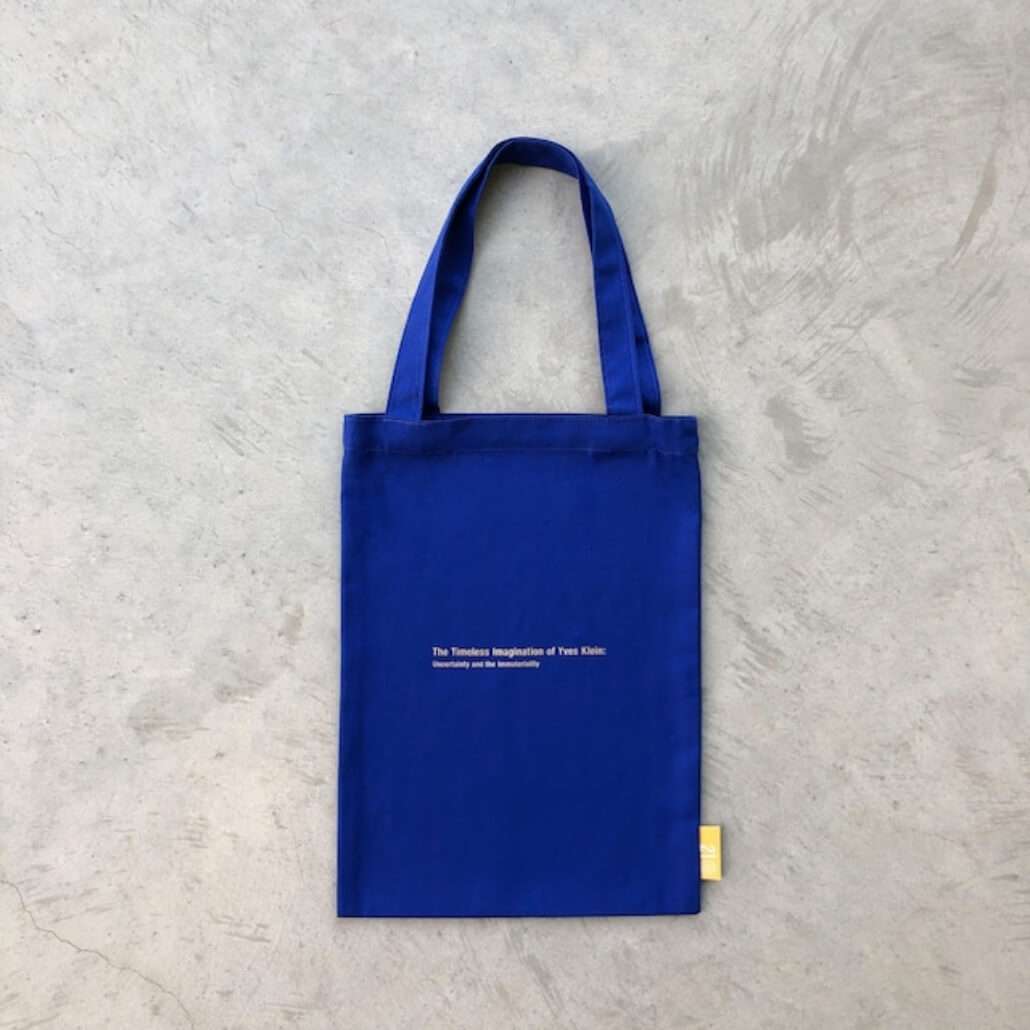
トートバッグ《Blue》(青)
価格:2,420円(税込)金沢21世紀美術館ミュージアムショップ
メディア掲載情報
-
2023.01.12
NHKEテレ1・東京「日曜美術館」(2022年12月18日)にて放送されました。
-
2022.12.15
「芸術新潮」 12月号(2022年12月25日発行、11月25日発売)に掲載されました。
-
2022.11.28
「装苑」1月号(2022年11月28日発行・発売)に掲載されました。
-
2022.11.01
Casa BRUTUS Online に掲載されました。
下記のURLよりご覧ください。
-
2022.10.31
Pen Onlineに掲載されました。
下記のURLよりご覧ください。
-
2022.10.22
日本経済新聞Webに掲載されました。(会員限定)
-
2022.10.18
毎日新聞Webに掲載されました。(会員限定)
下記のURLよりご覧ください。
-
2022.10.13
Tokyo Art Beatに掲載されました。
-
2022.10.08
中日新聞Webに掲載されました。
下記のURLよりご覧ください。
-
2022.10.01
美術手帖Webに掲載されました。
下記のURLよりご覧ください。
-
2022.10.01
日本経済新聞Webに掲載されました。(会員限定)
下記のURLよりご覧ください。
https://www.nikkei.com/article/DGXZQOCC308W70Q2A930C2000000/


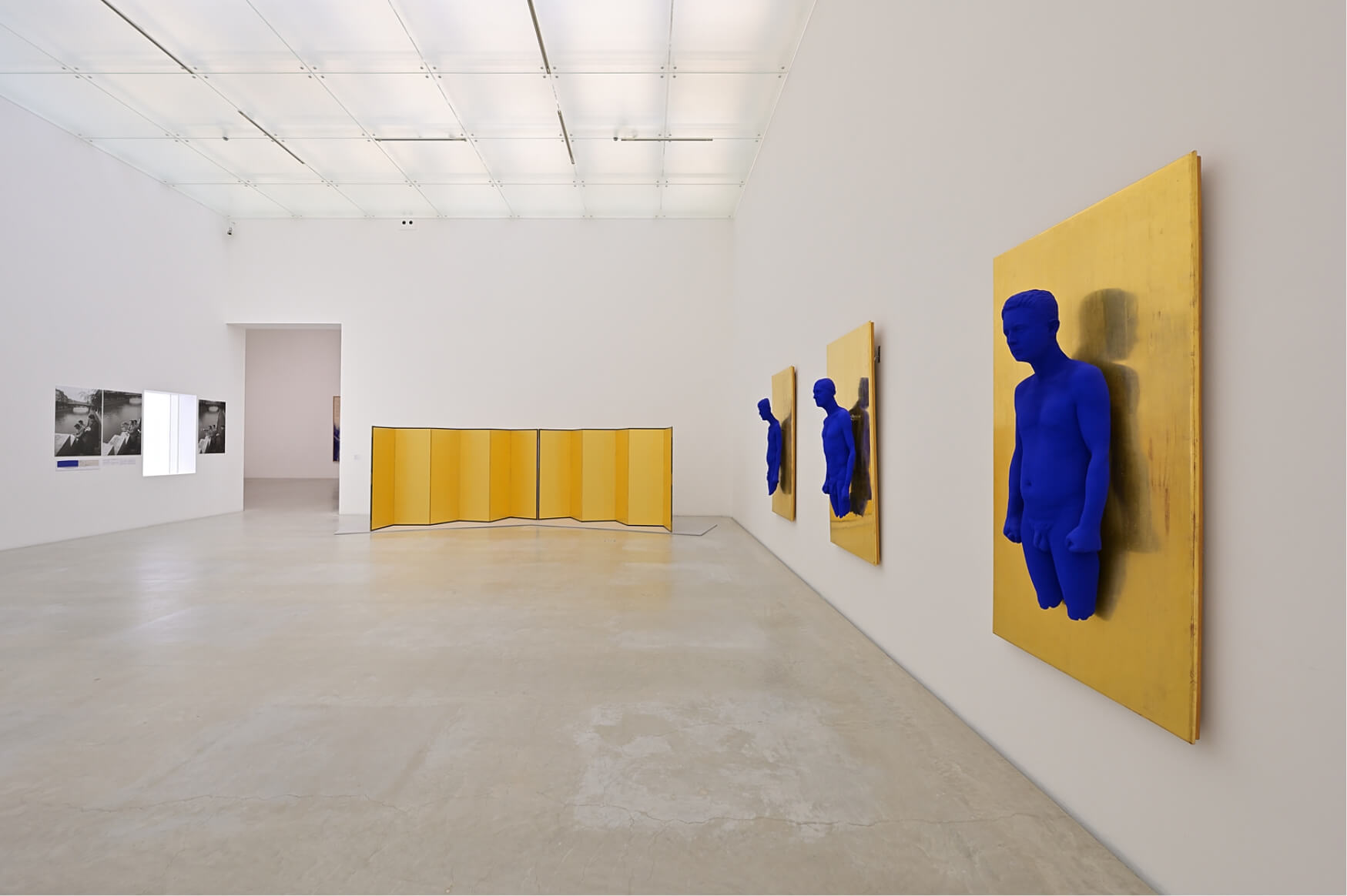
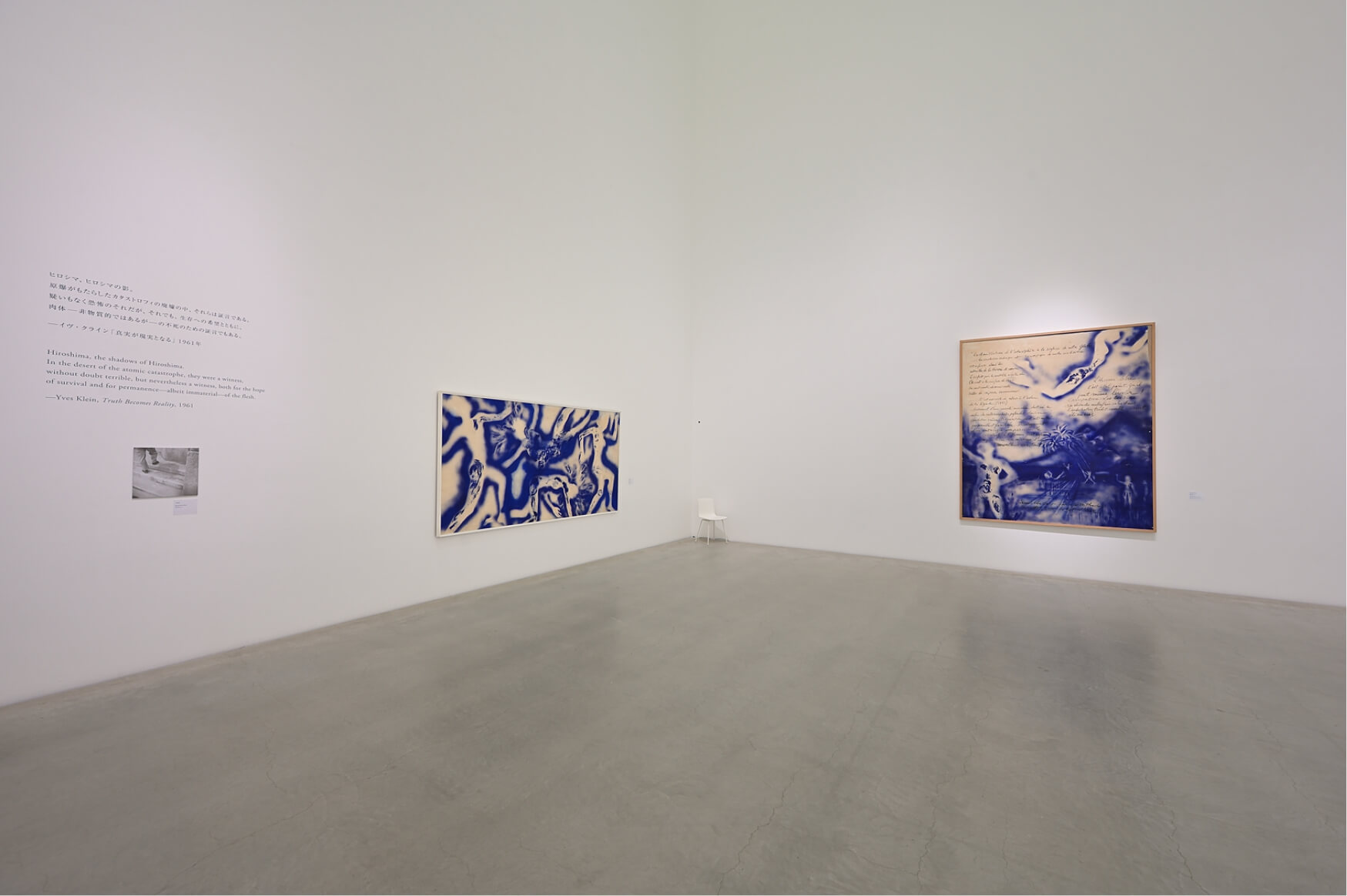
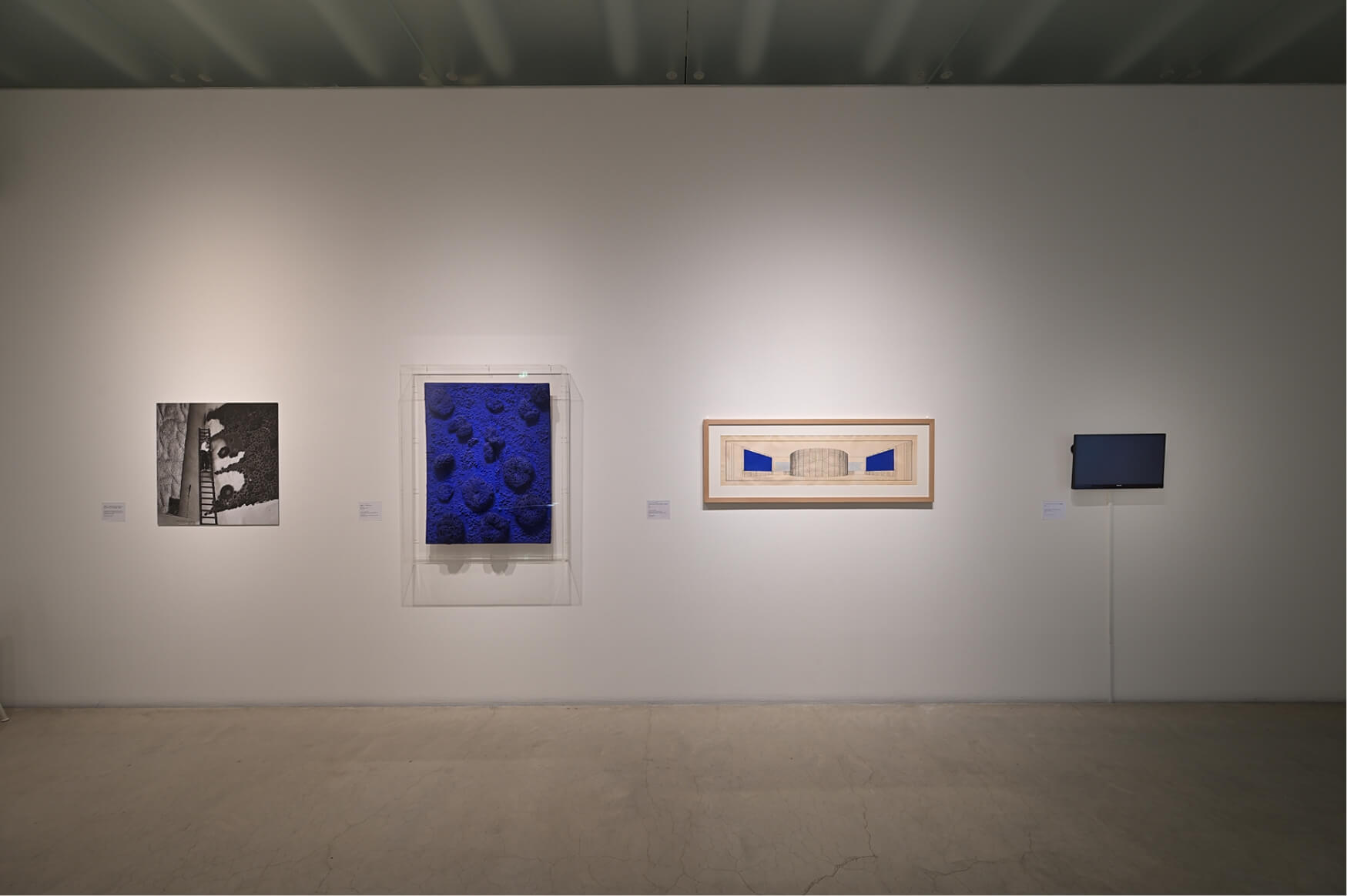
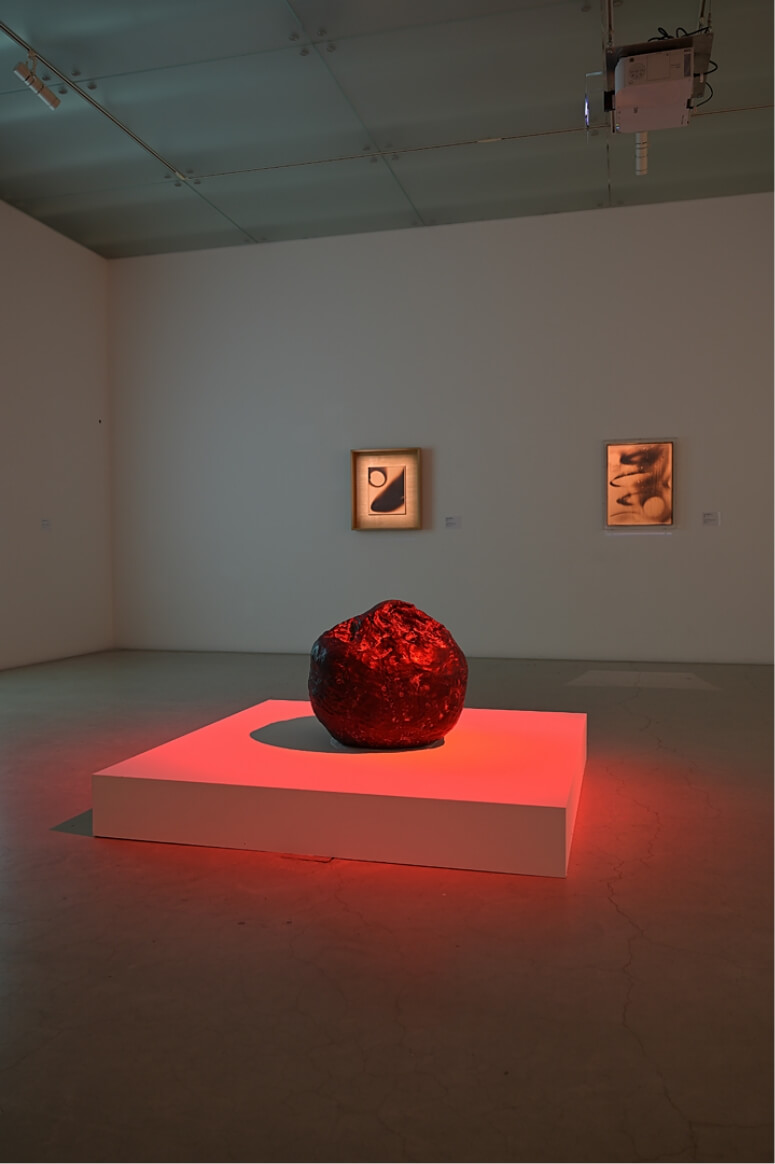
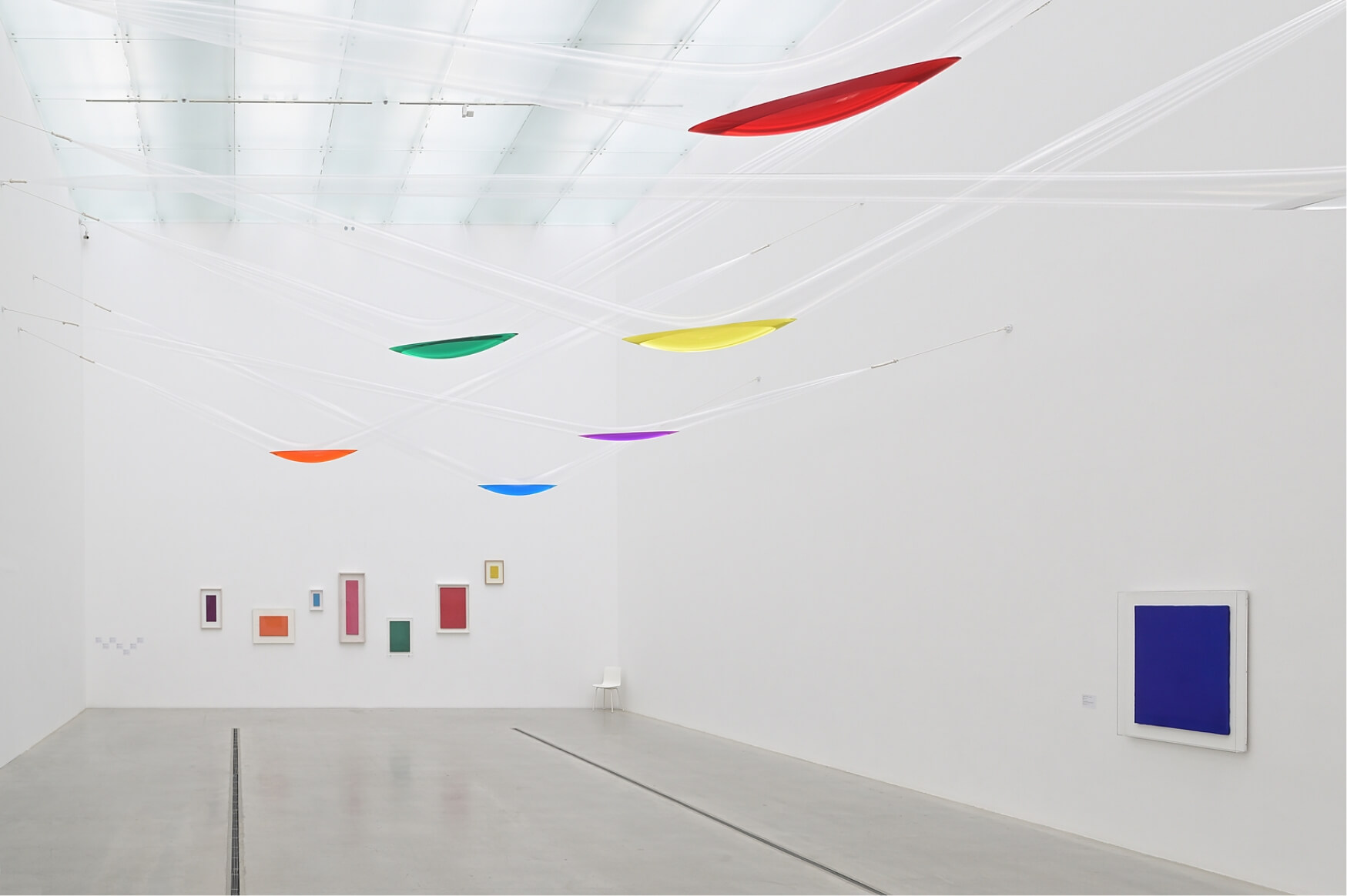
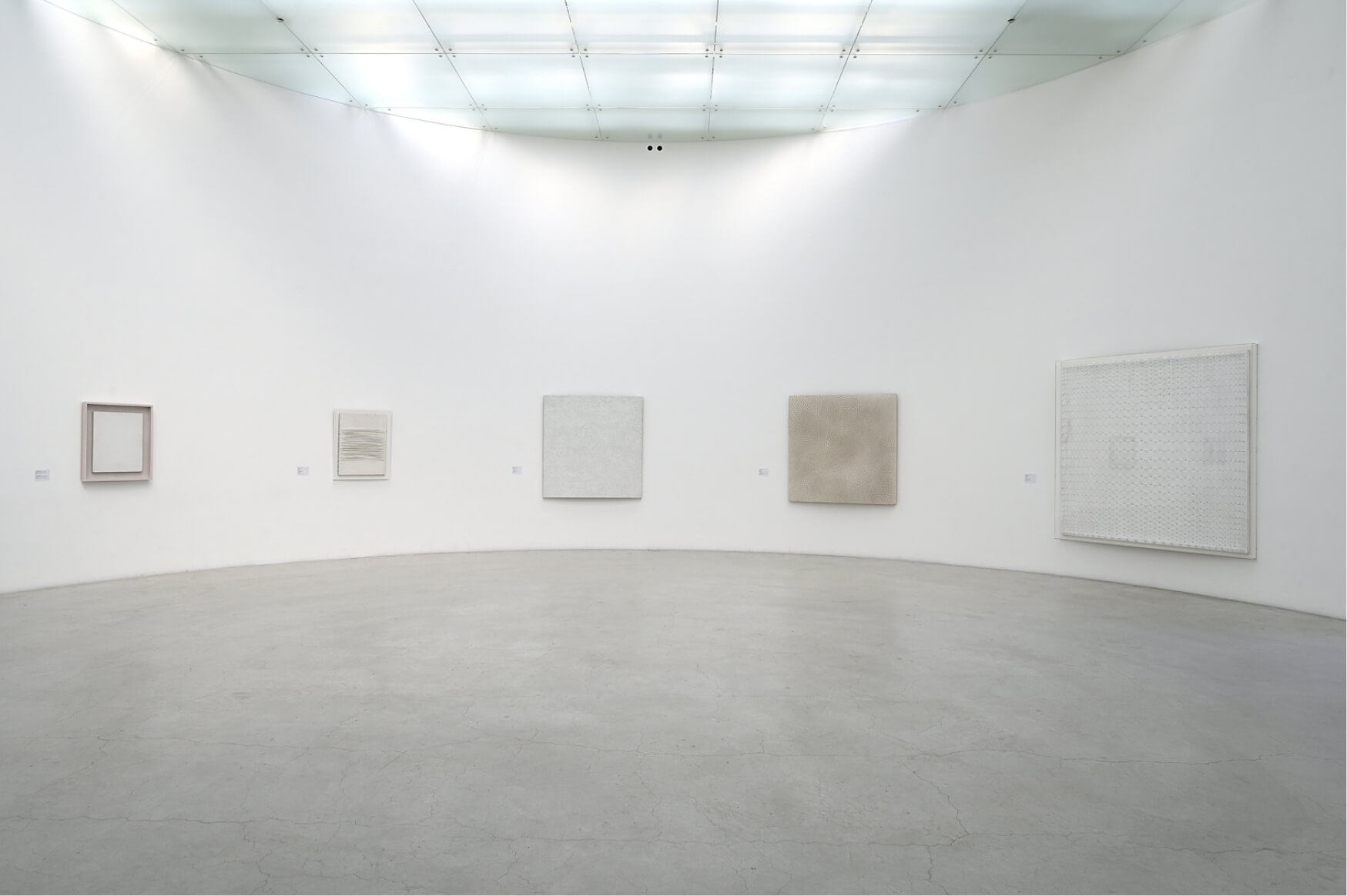
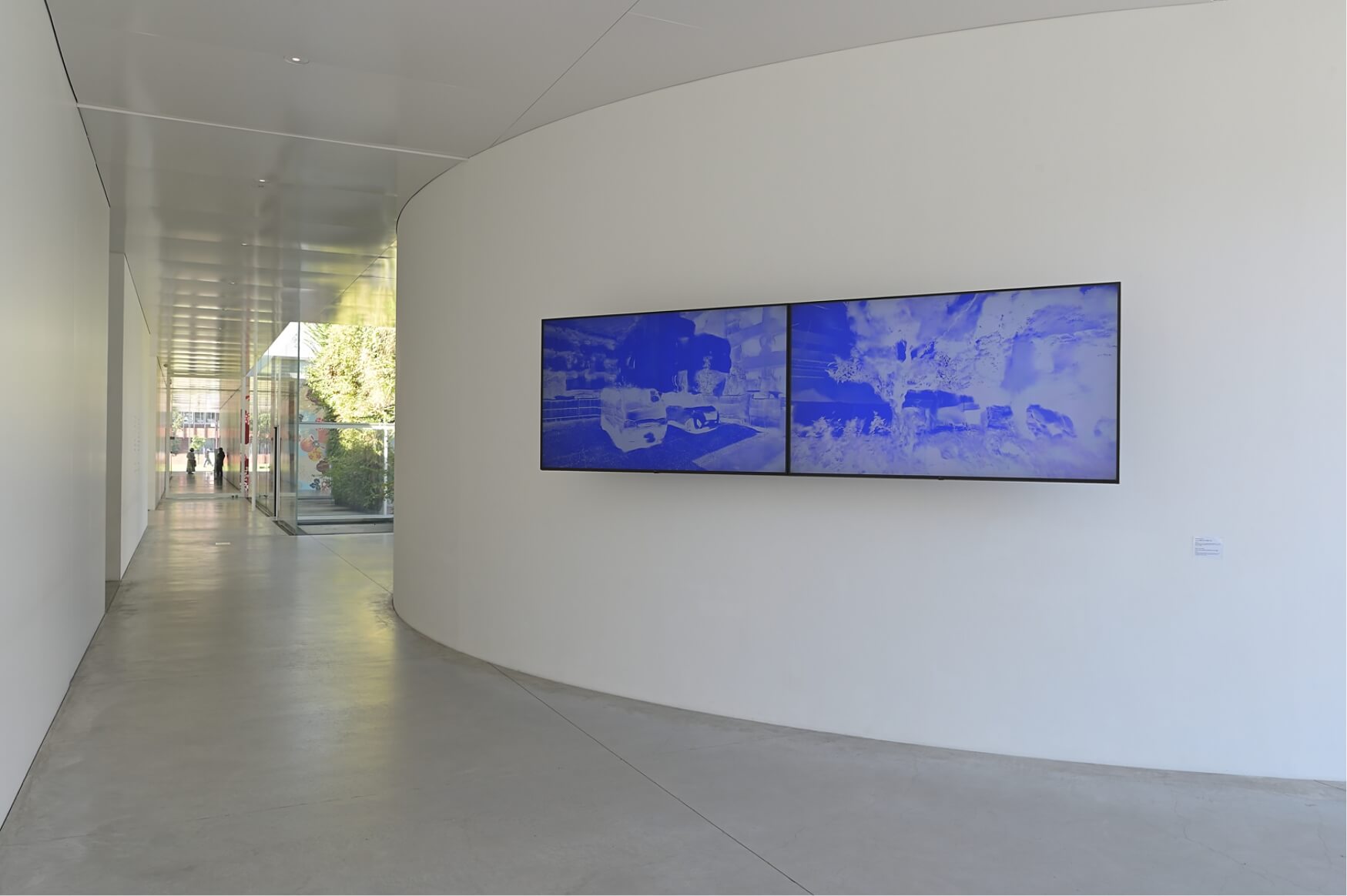
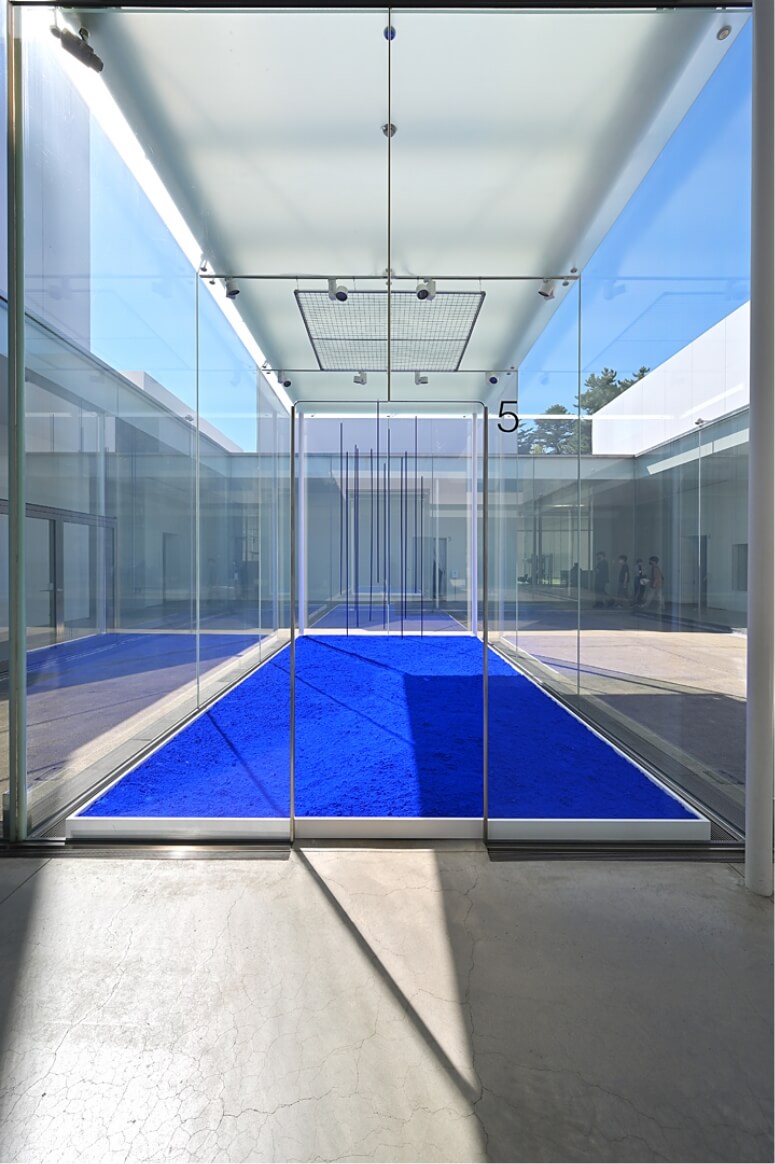
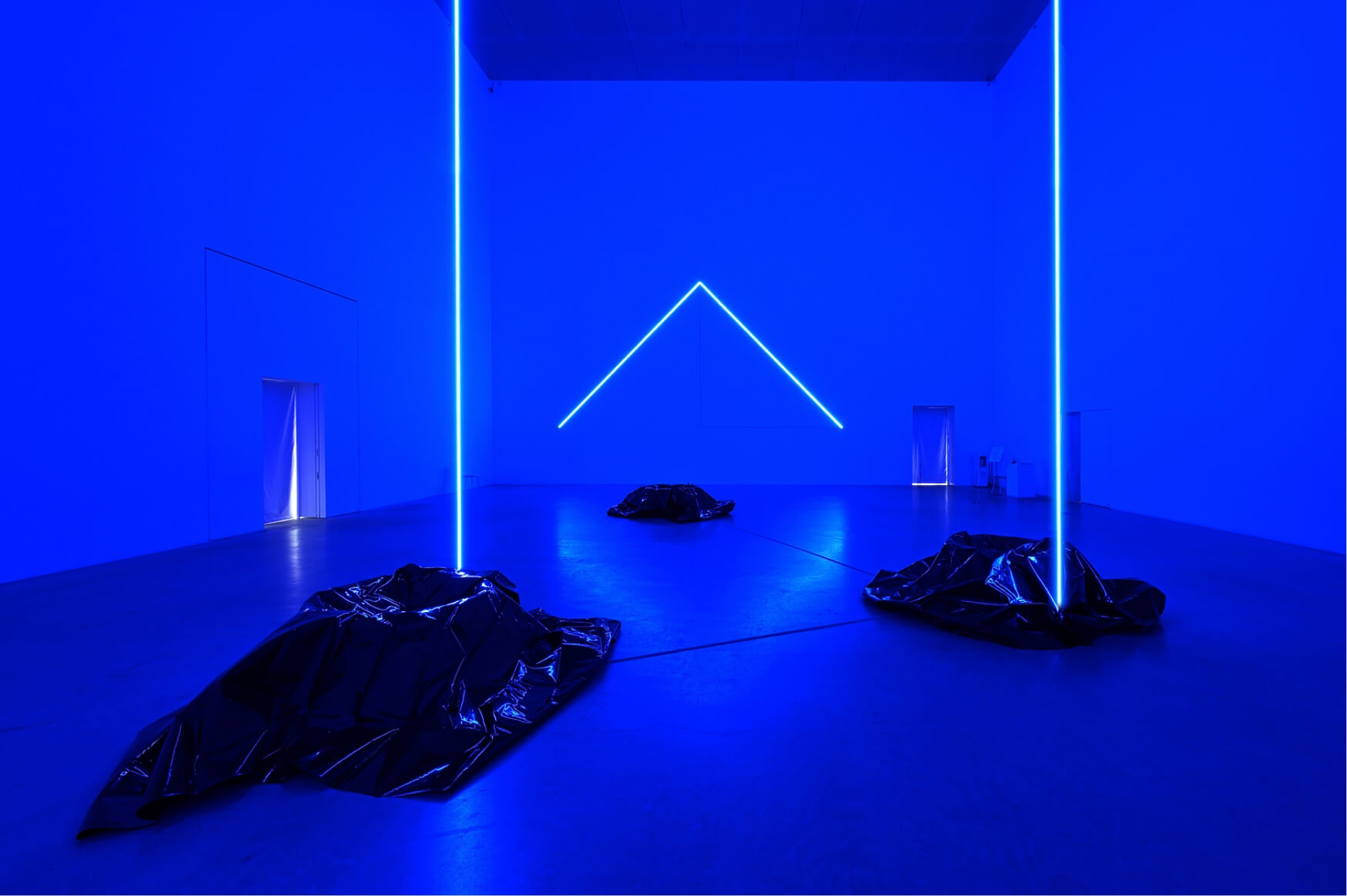

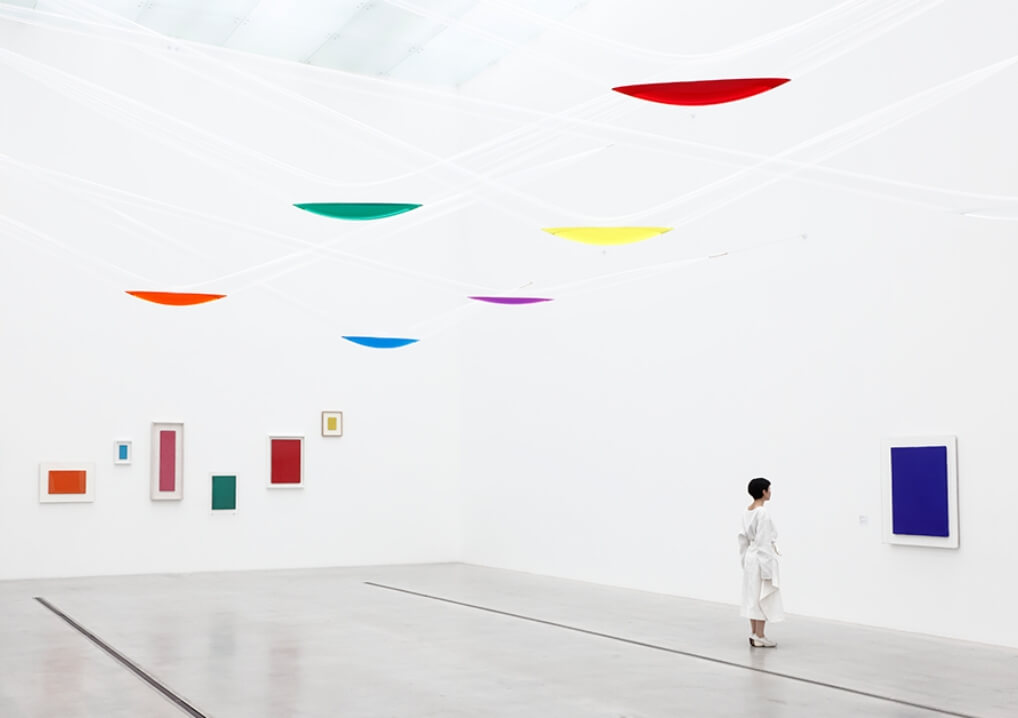
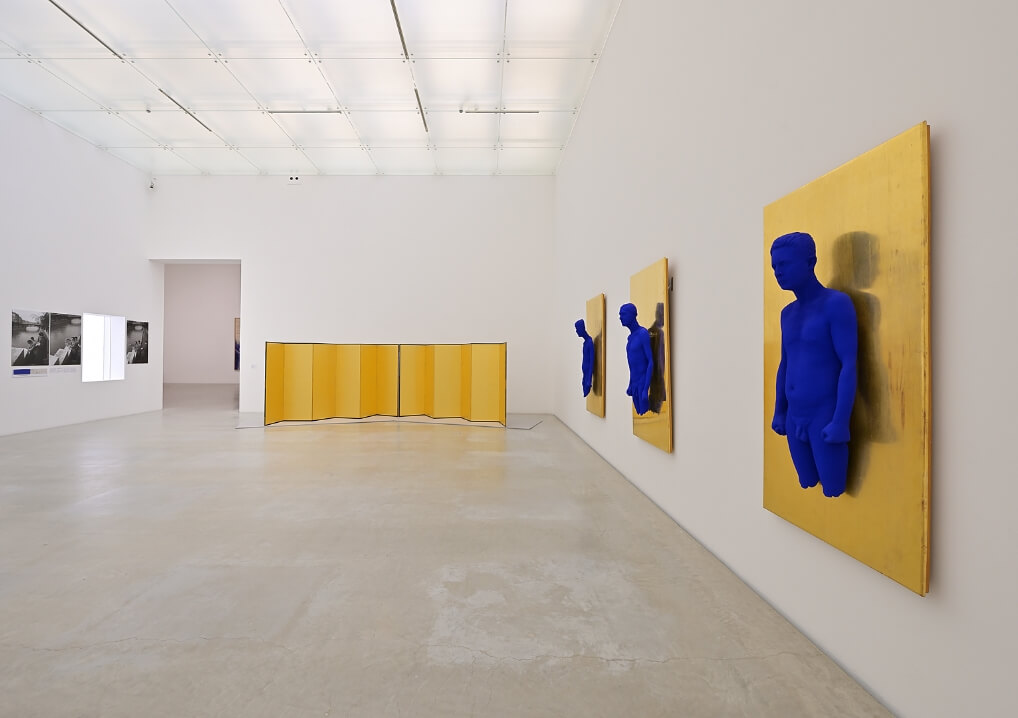
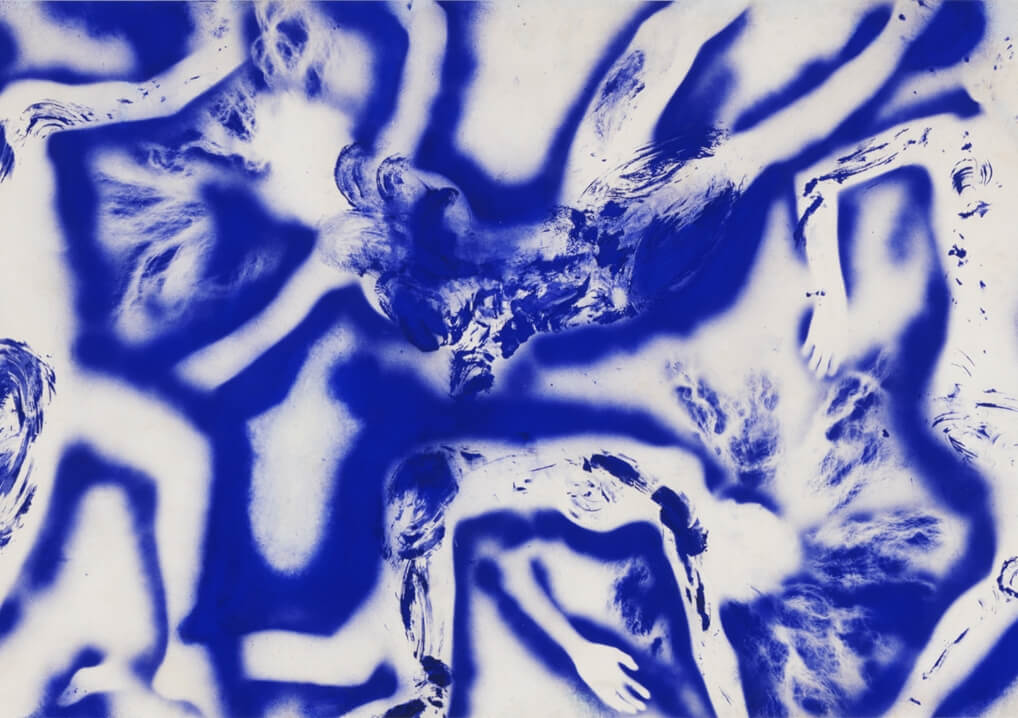
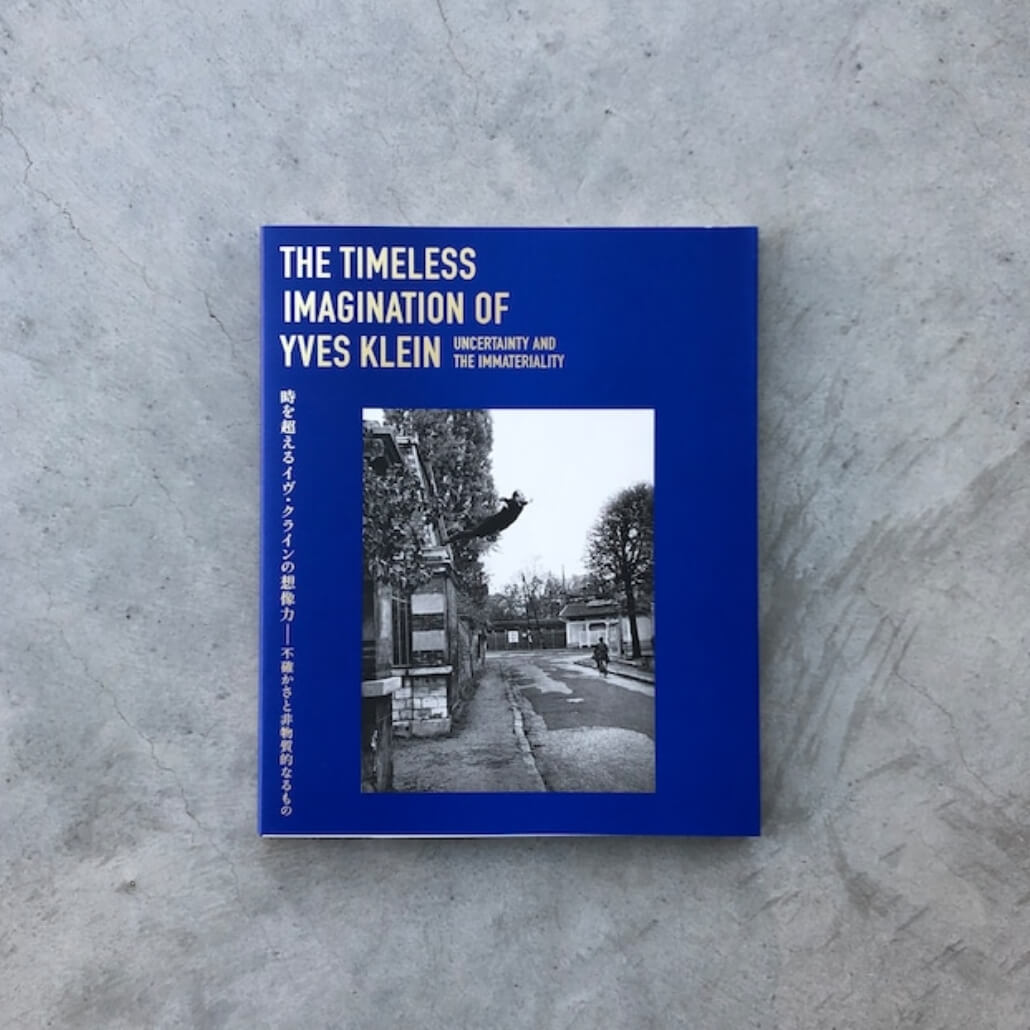
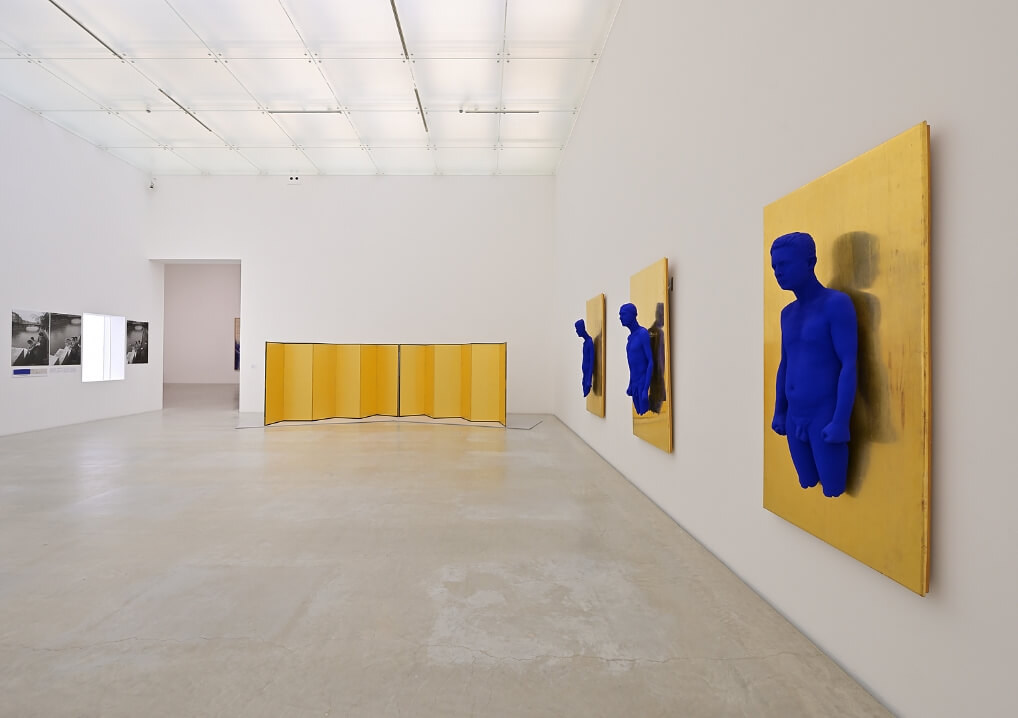
石上純也建築家2022.10.01
イヴ・クラインの中にある抑えきれない衝動が、抽象の中に押し込まれていく摩擦のような力を感じた。
爆発するようなエネルギーが氷のように青く固められてゆく、その過程。彼の作品は閉じ込められたエネルギーの塊だと思う。
現代のアーティストの作品も展示され、彼らがとらえる普遍性とイヴ・クラインの普遍性が共鳴し合い混じり合っていくような不思議な感覚を覚えた。
宮田裕章慶應義塾大学教授2022.10.01
今、この時代に改めて観るイヴ・クラインの重要性。それを感じた。そしてそれに共鳴して集ってきた現代のアーティストの作品も素晴らしい。
クライン・ブルーの先に何があるのか。イヴ・クラインが見た空に何を見出すか、未来につながる美術展だ。
星野太東京大学大学院総合文化研究科准教授2022.10.09
この展覧会で私たちが見ることになるのは、イヴ・クラインのモノクローム絵画とフォンタナのスパツィアリスモ、あるいはかれのパフォーマンス作品と具体のアクションとの同時代的な共振性である——ひとつにはそのように言えるかもしれない。あるいはまた、弱冠34歳で亡くなったこの作家の、とめどもつきぬ後世への影響力である——そのように言うこともできるかもしれない。だが、おそらくこの展覧会の真の見どころは、金沢21世紀美術館の「光庭」を満たすインターナショナル・クライン・ブルーの煌めきである。床いちめんに敷き詰められた青の顔料と、そこに降り注ぐ《青い雨》を自然光のもとで見る経験は、この場を訪れたものだけが知りえる愉楽である。
山極壽一総合地球環境学研究所 所長2022.10.18
イヴ・クラインはとても生物学的な人である。我々には見えていない、物質的な生物の世界のその先にある、色や音の世界、つまり非物質的な世界にアーティストとして迫ろうとした。そして、宇宙の起源を考えれば分かるように、世界は非物質的なものから始まっている。
クラインの面白さは、世界を物質、非物質の二つに区切るのではなく、むしろそれらが融合された世界に本質を探ろうとしたところにある。